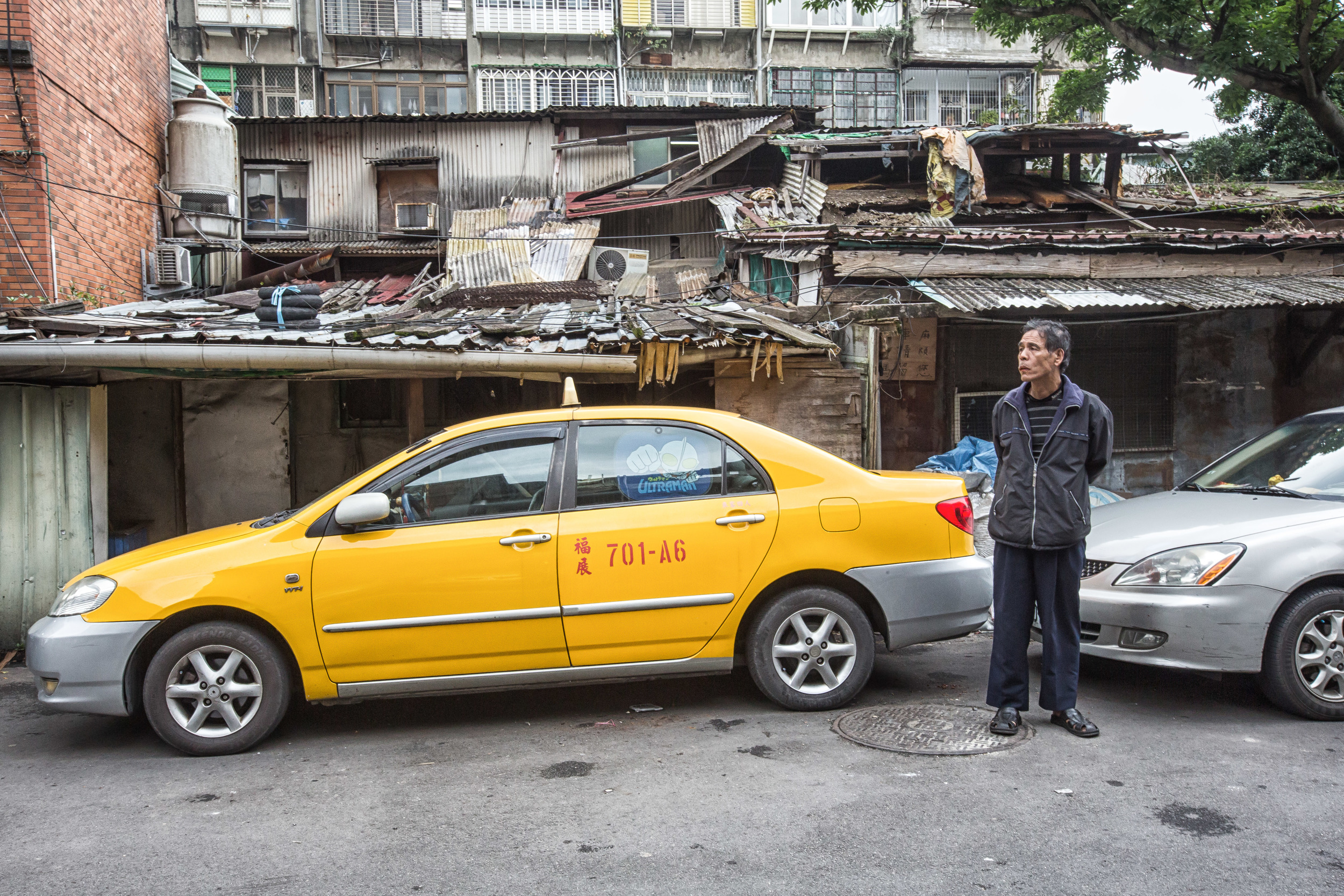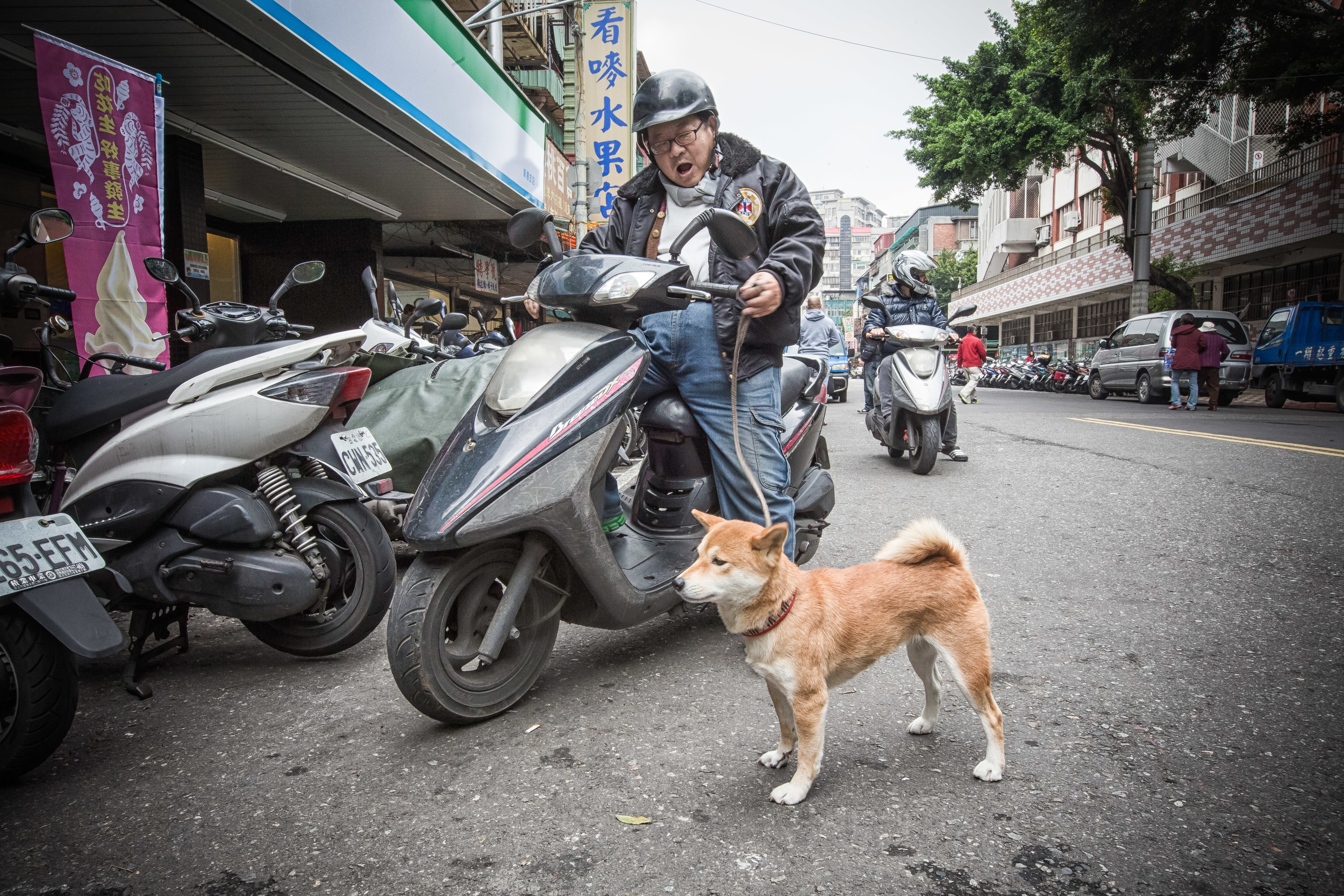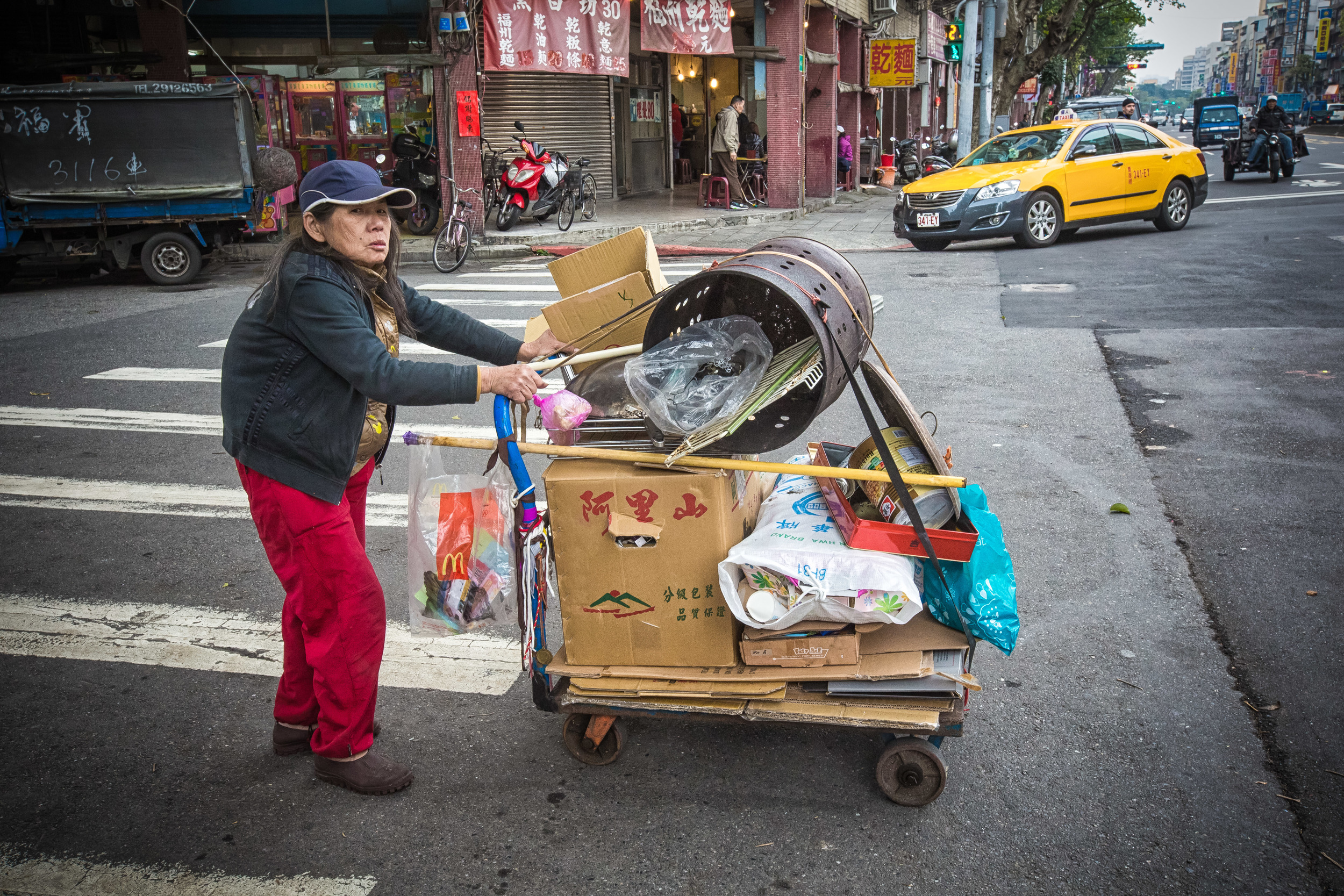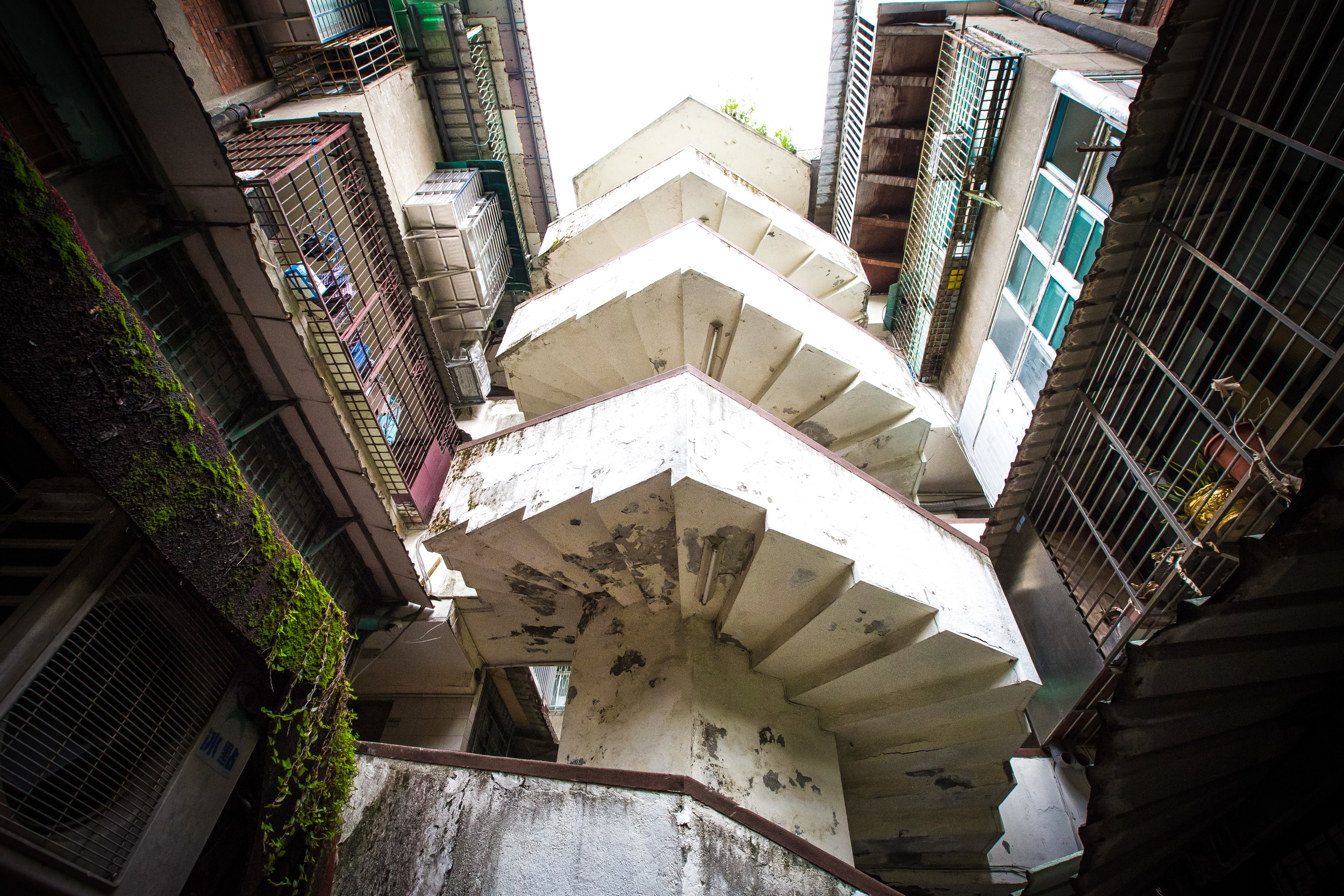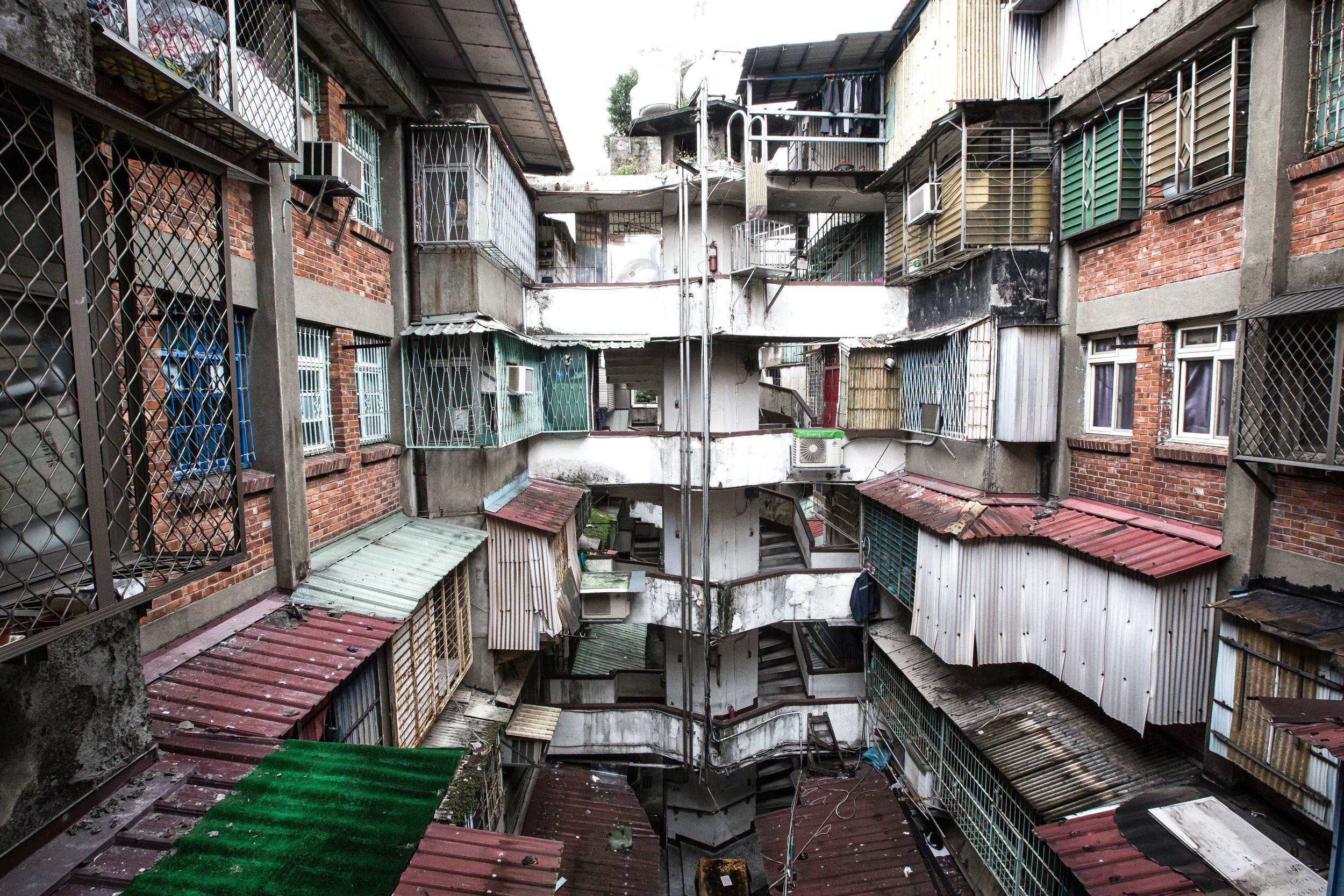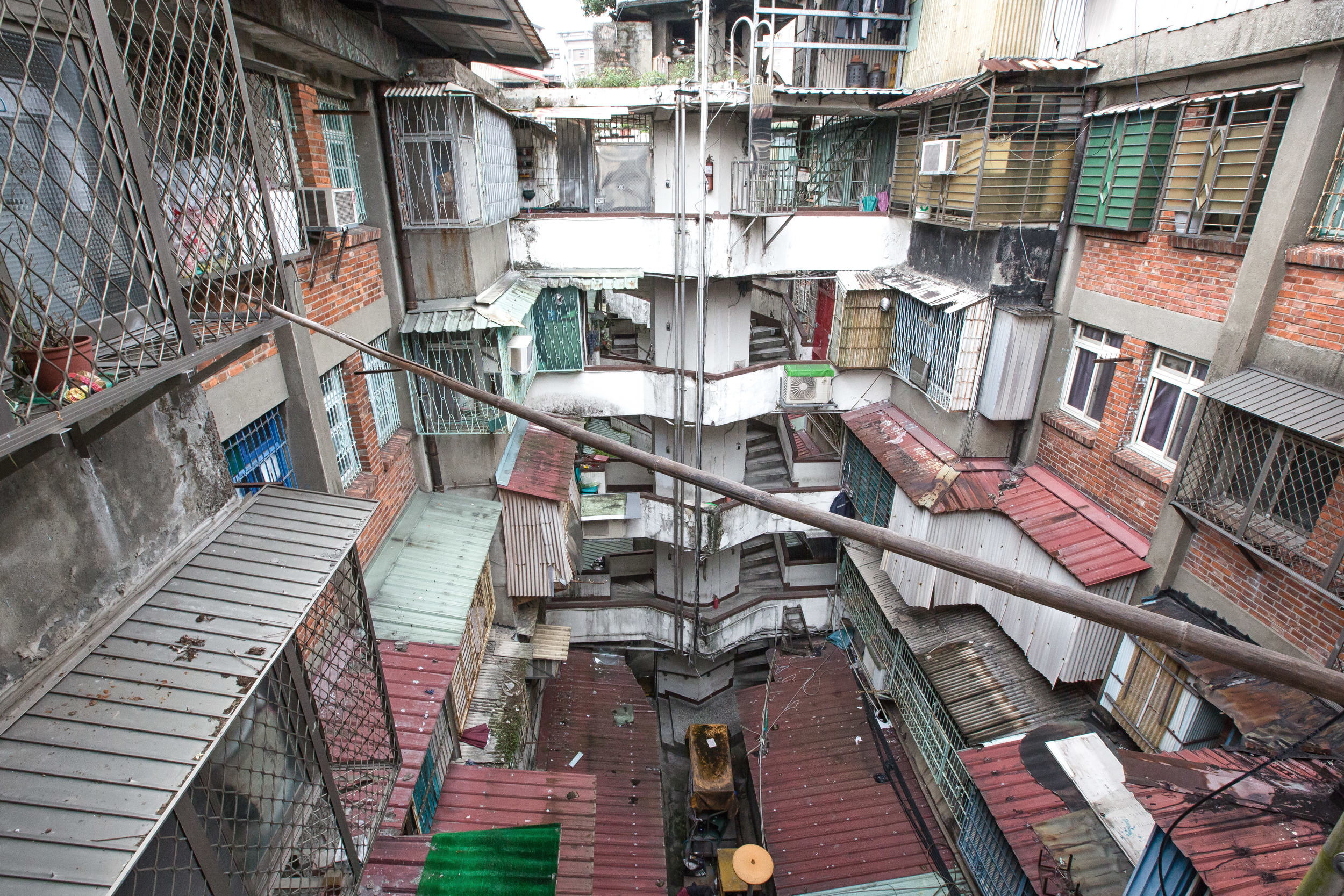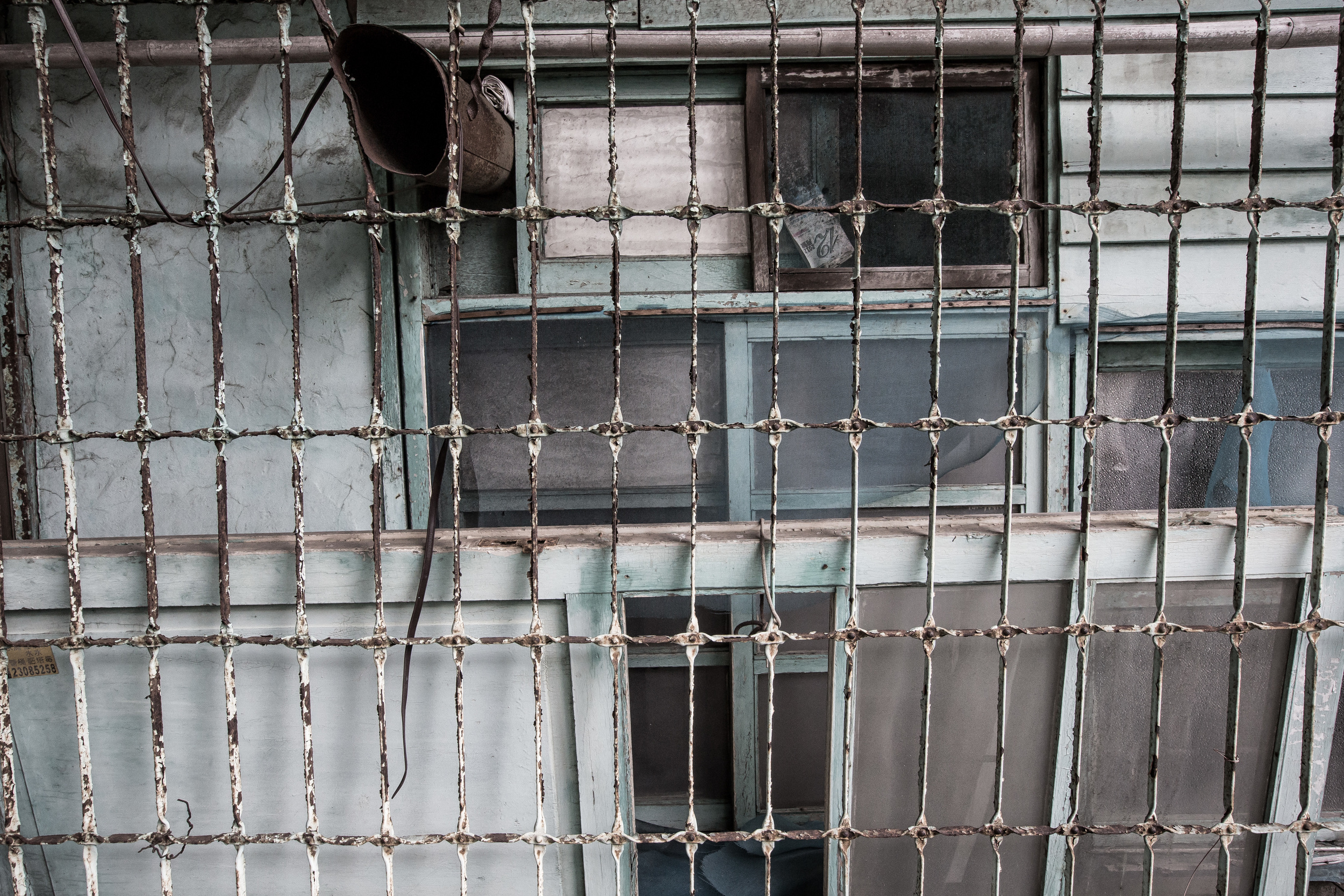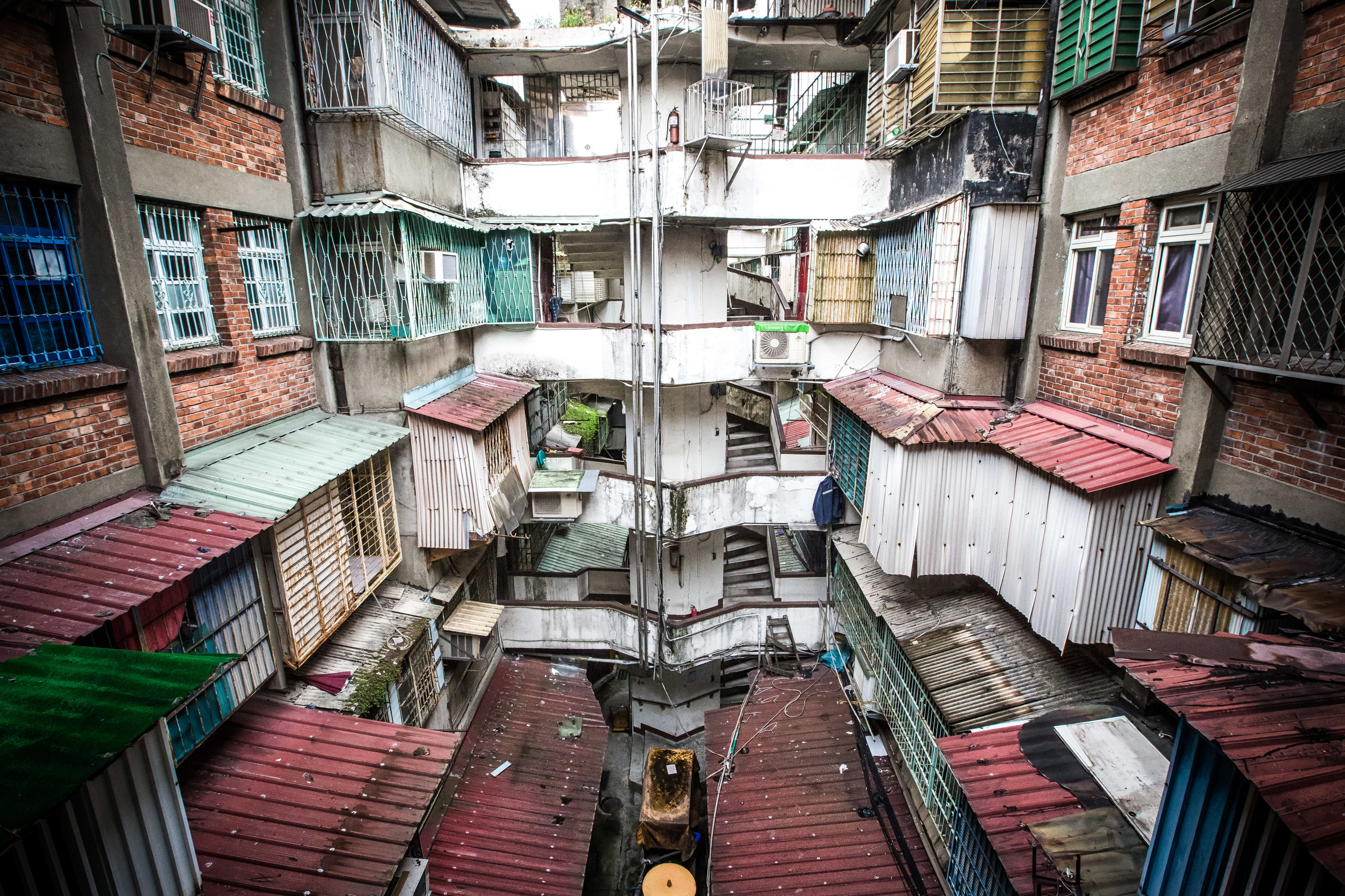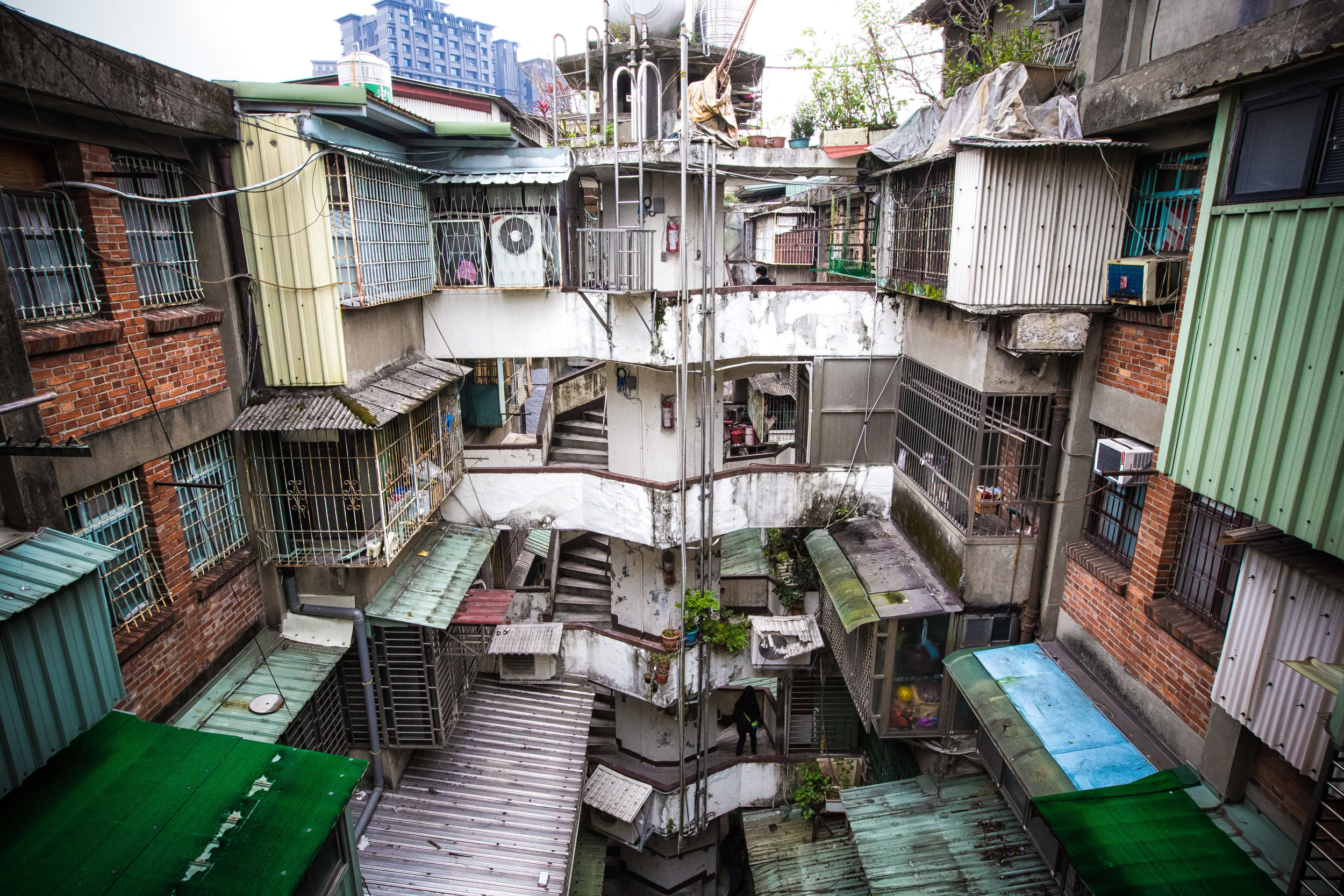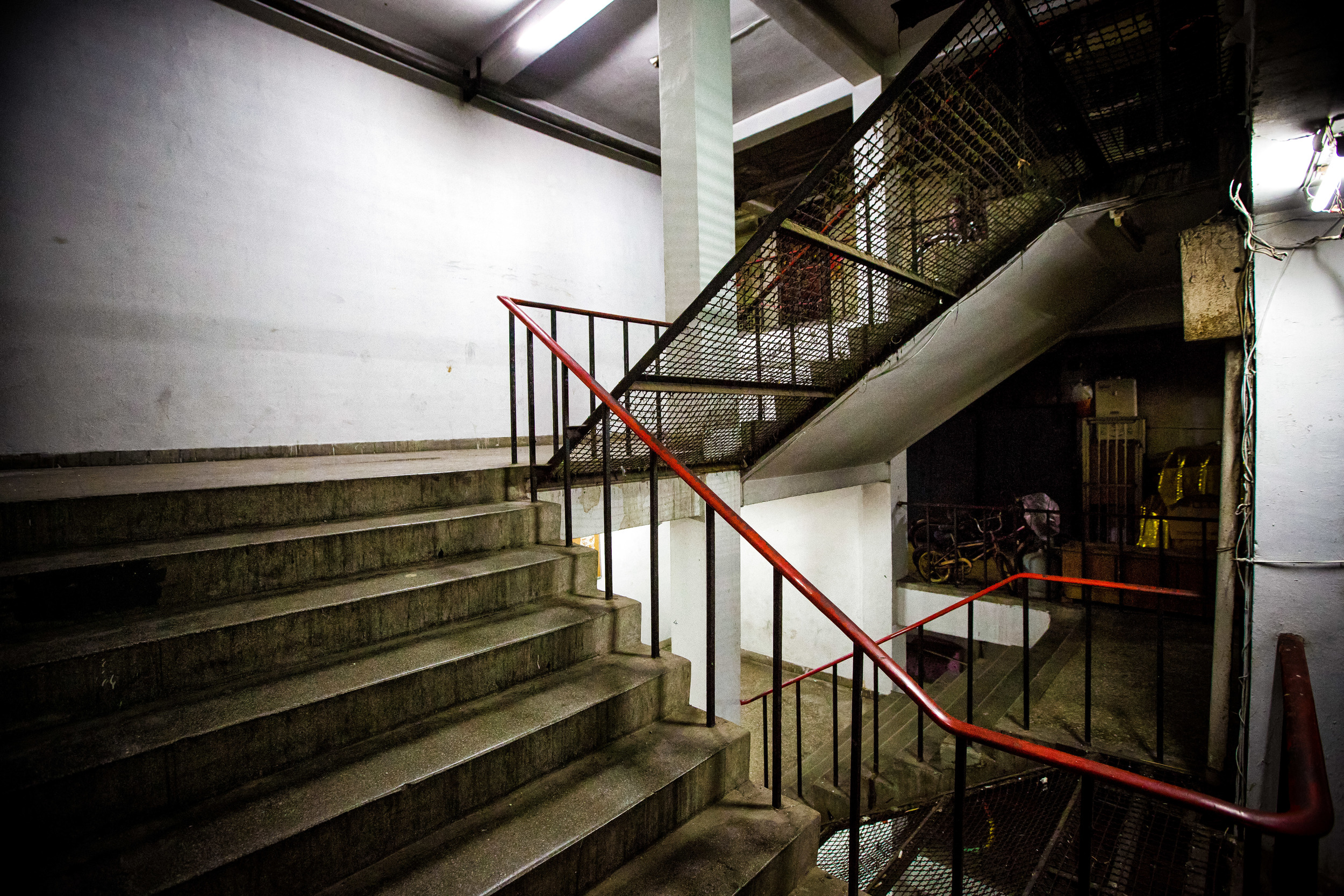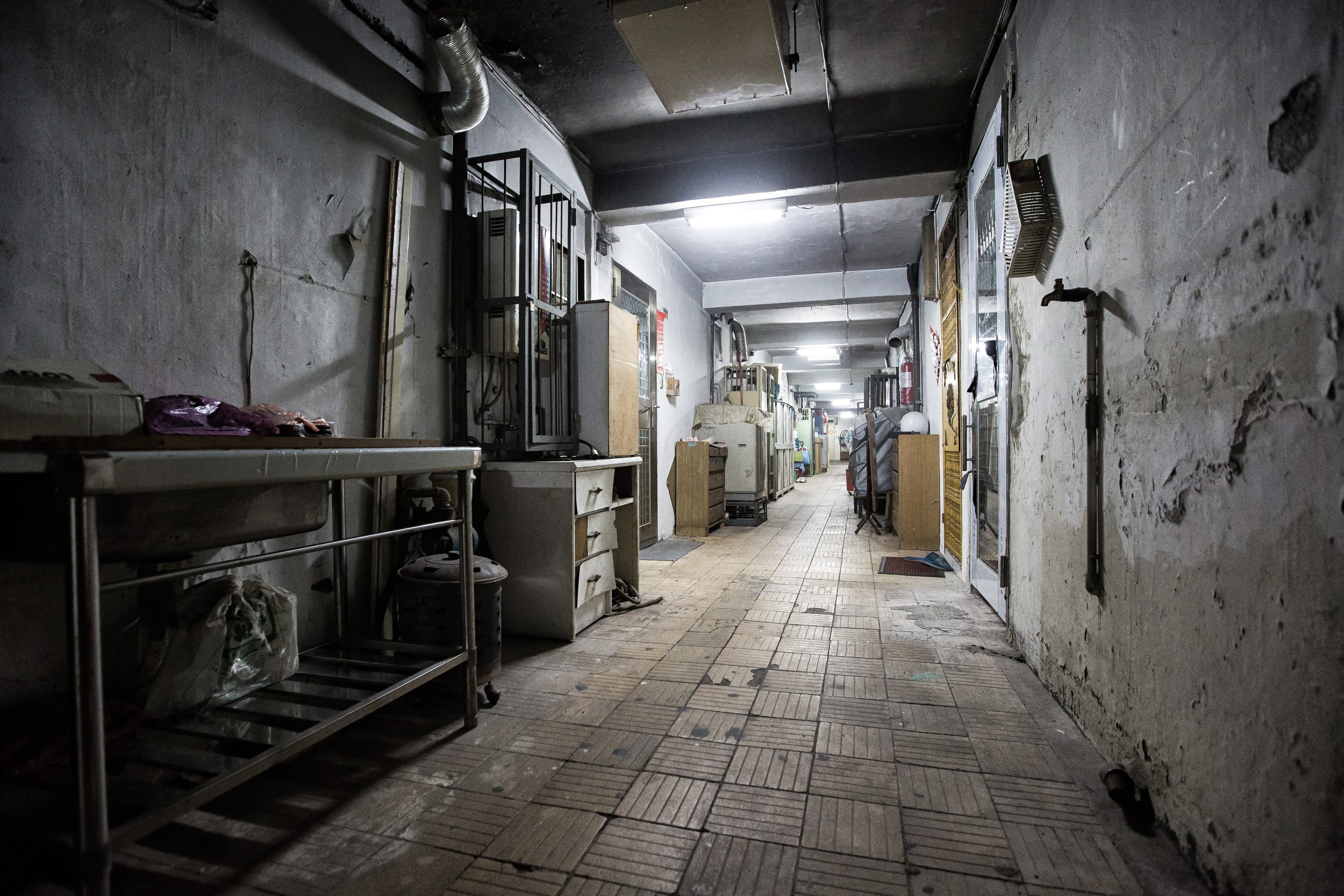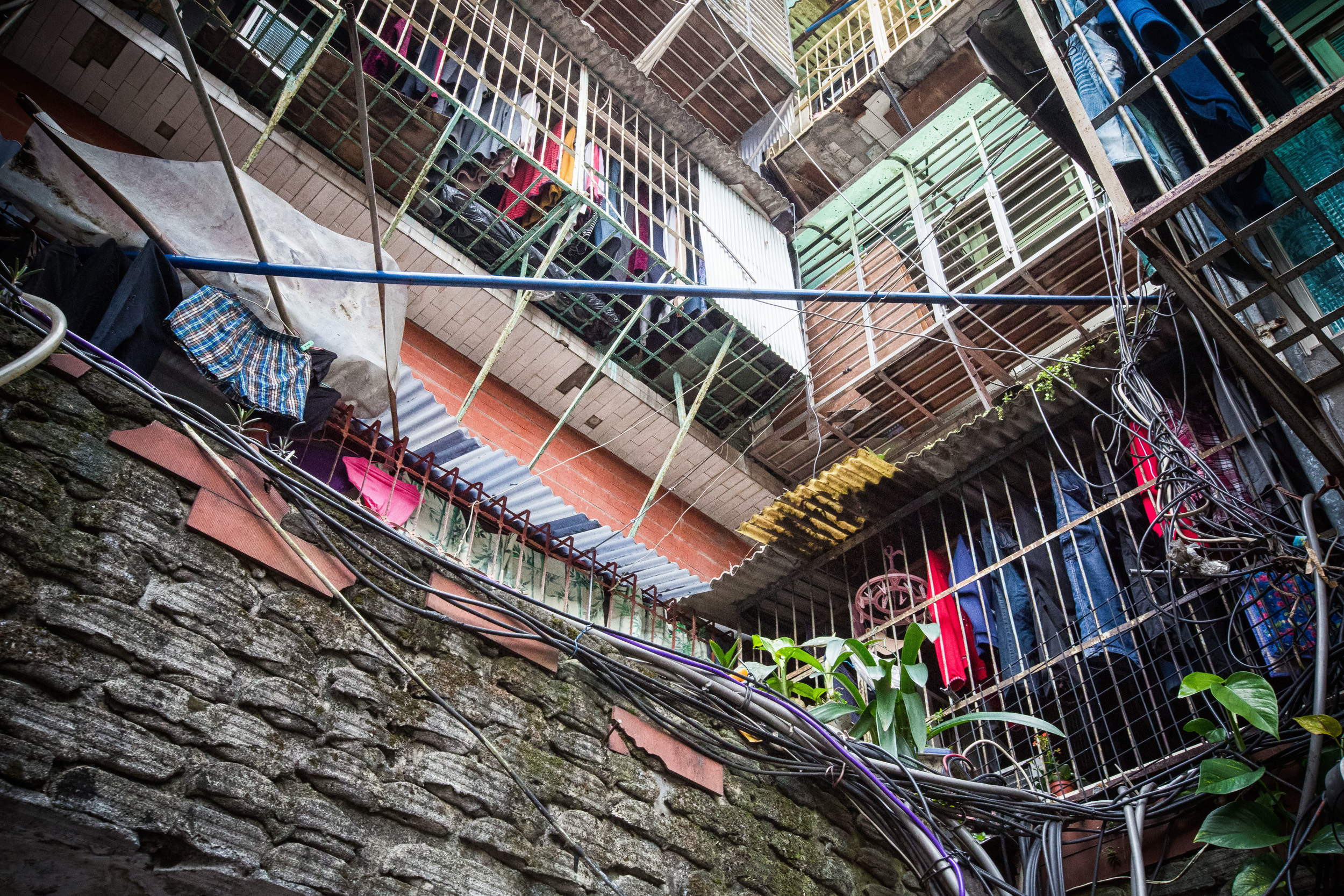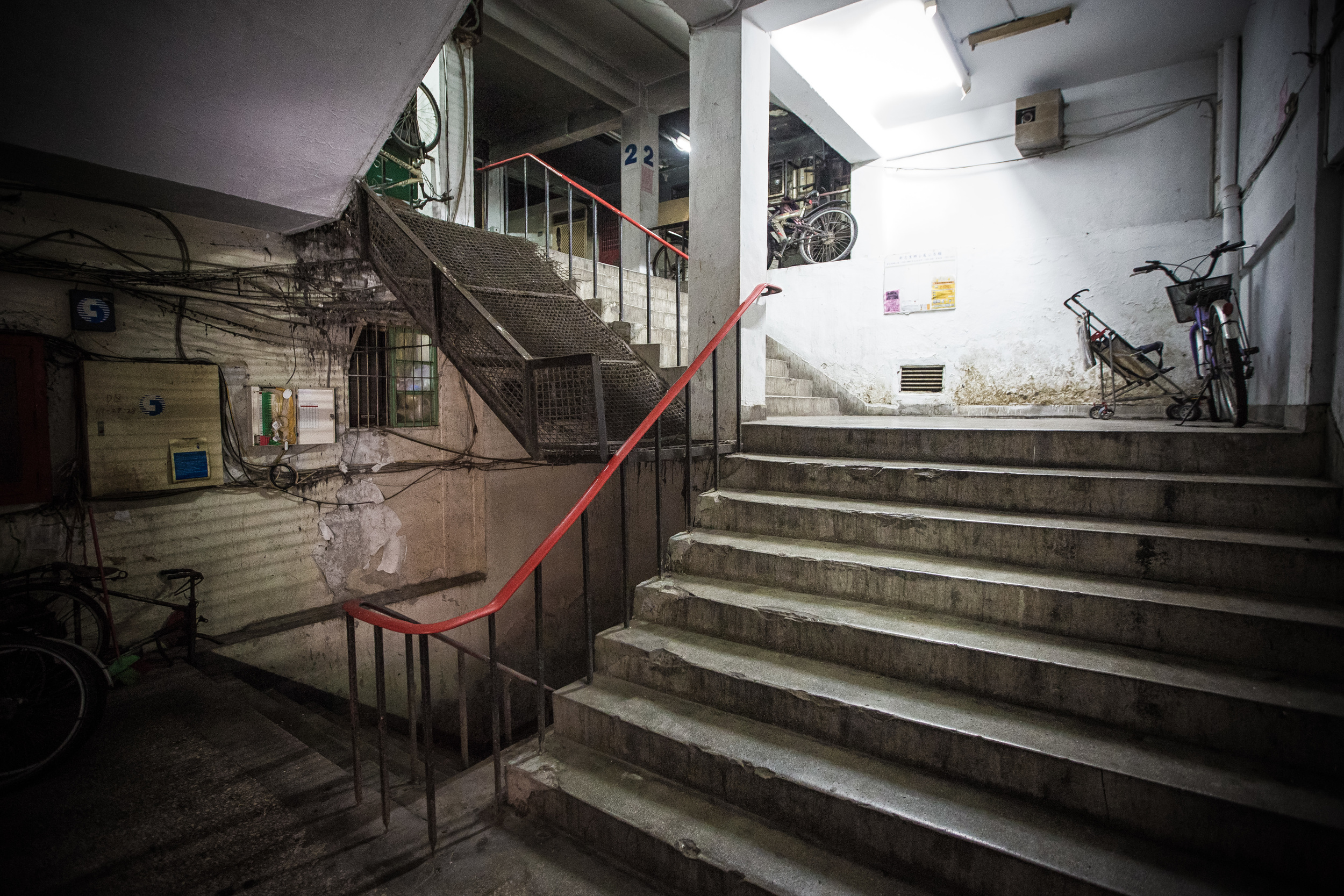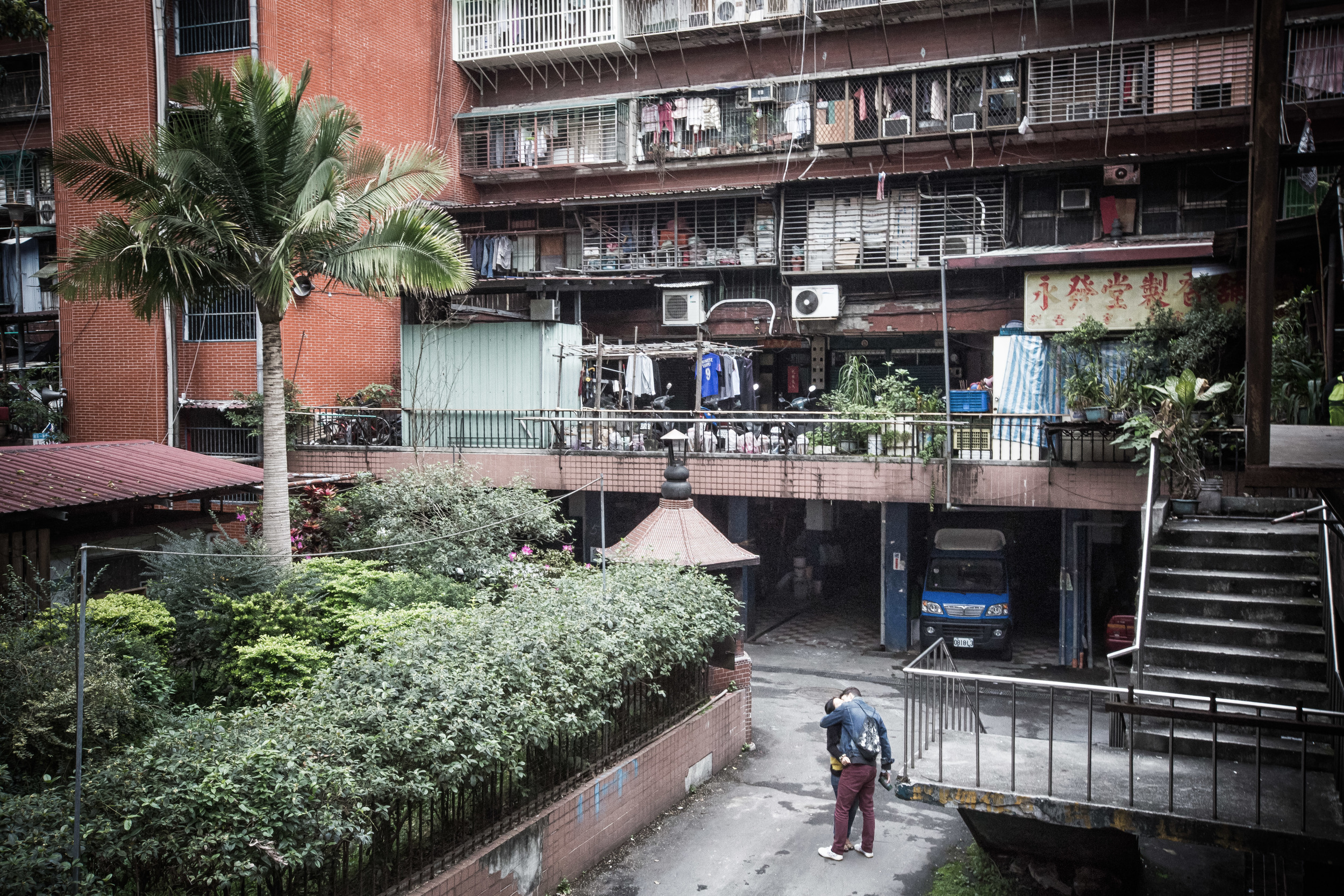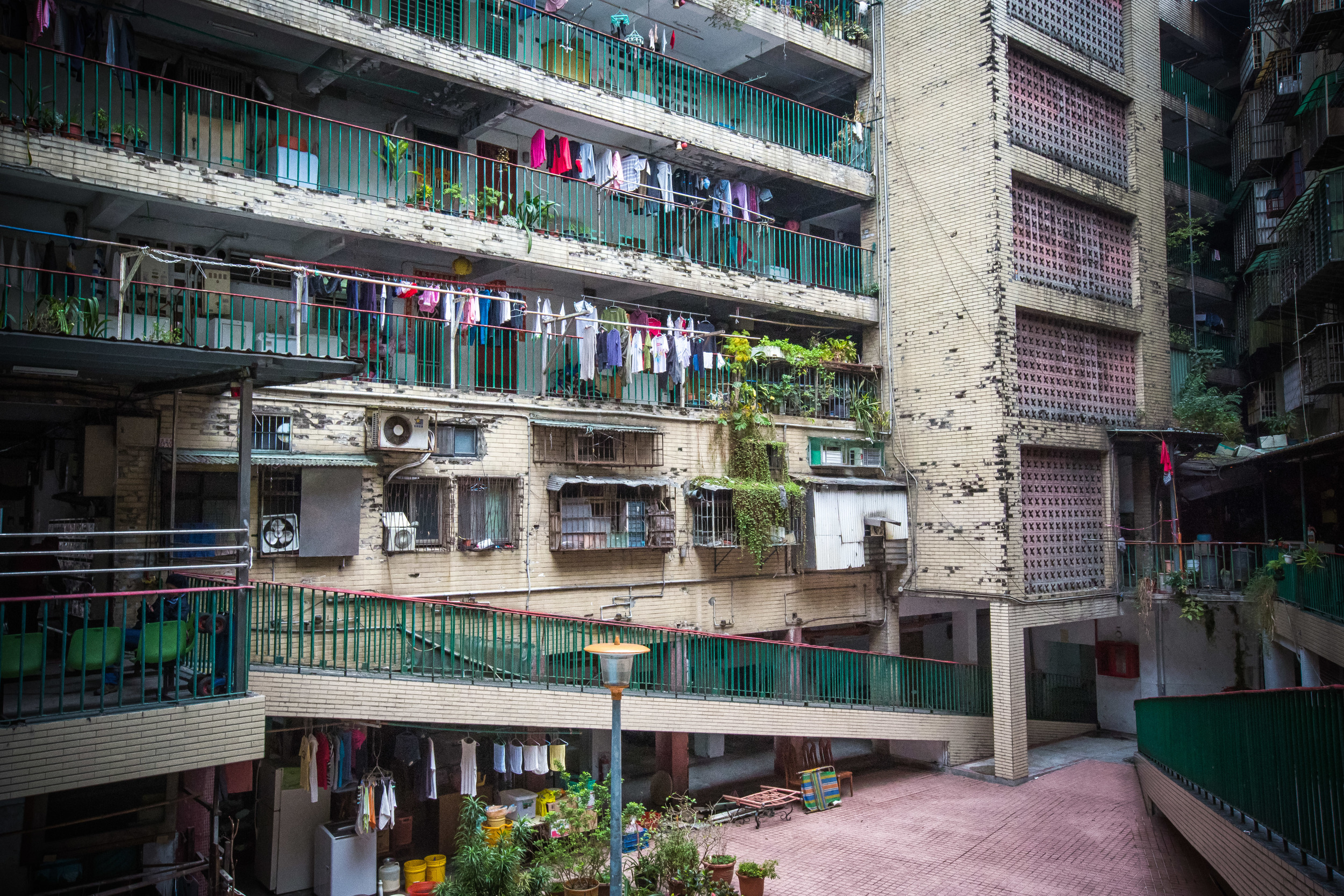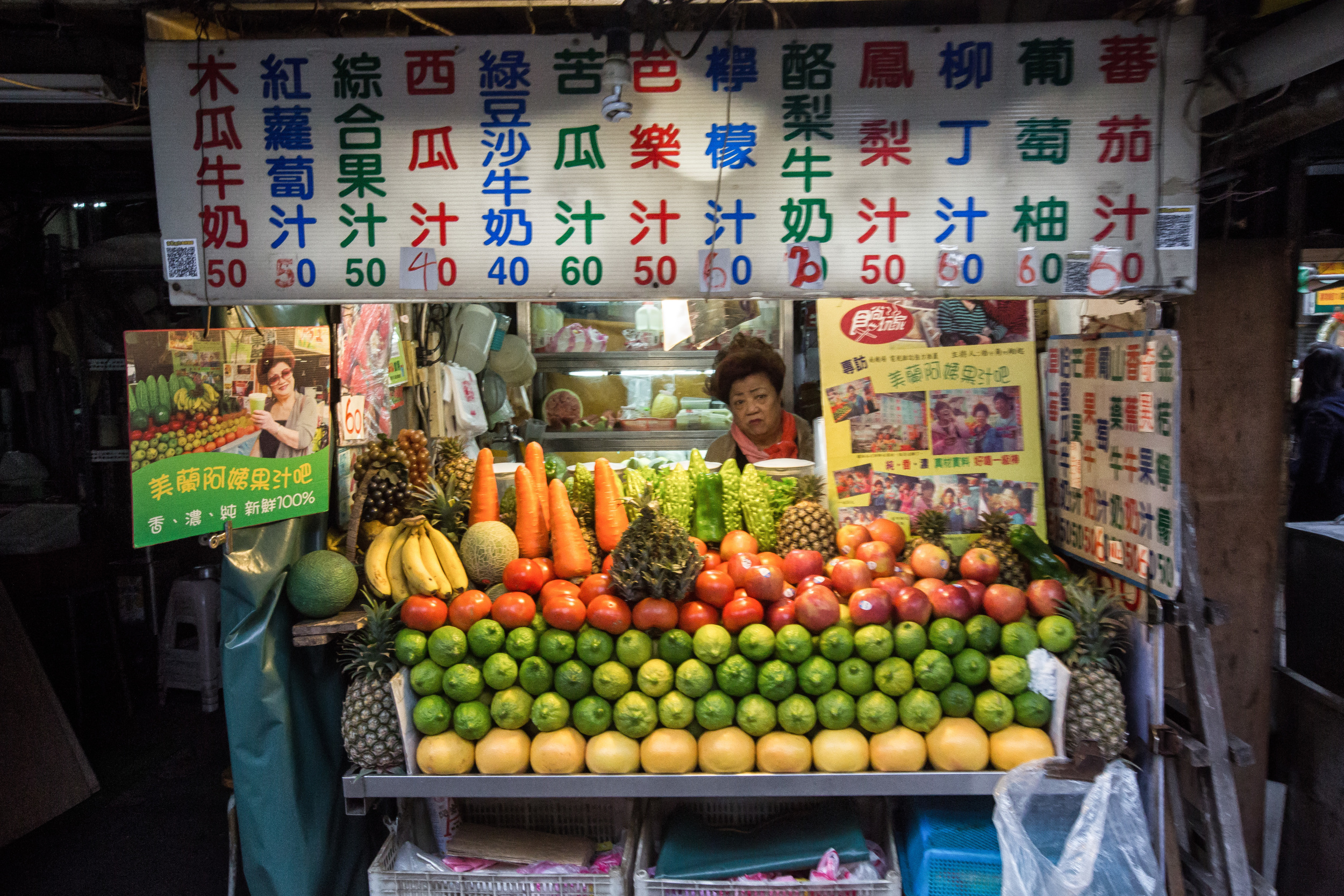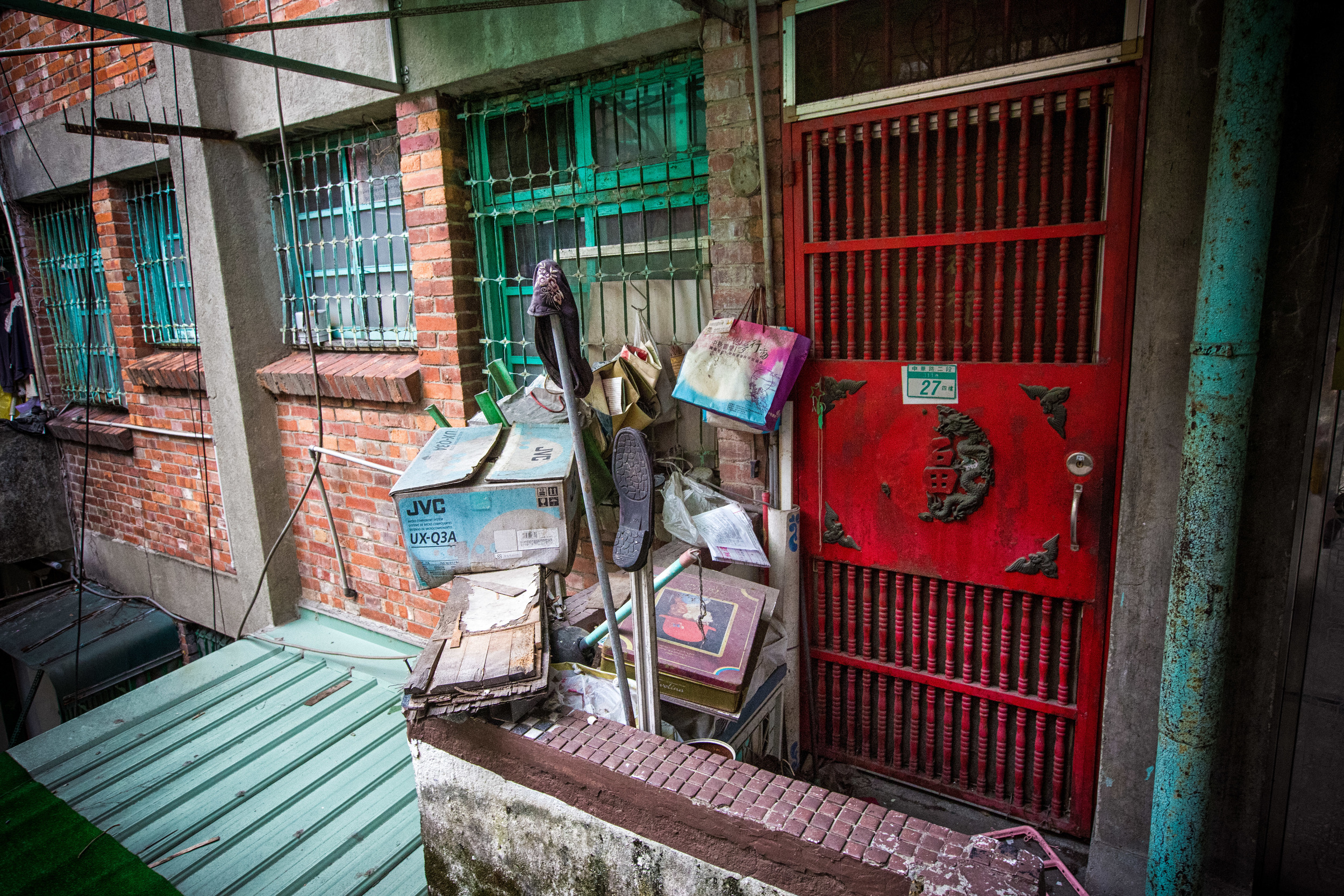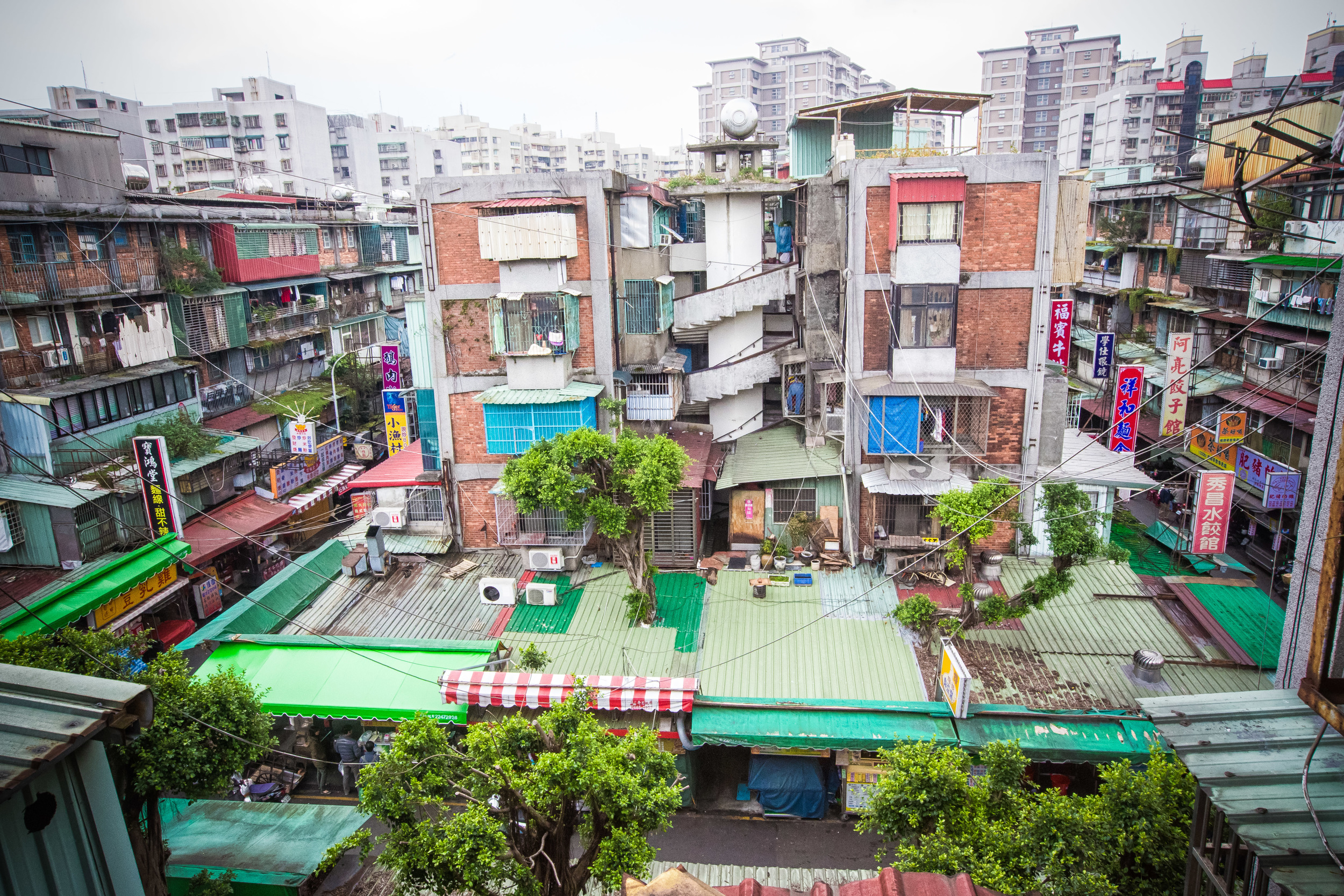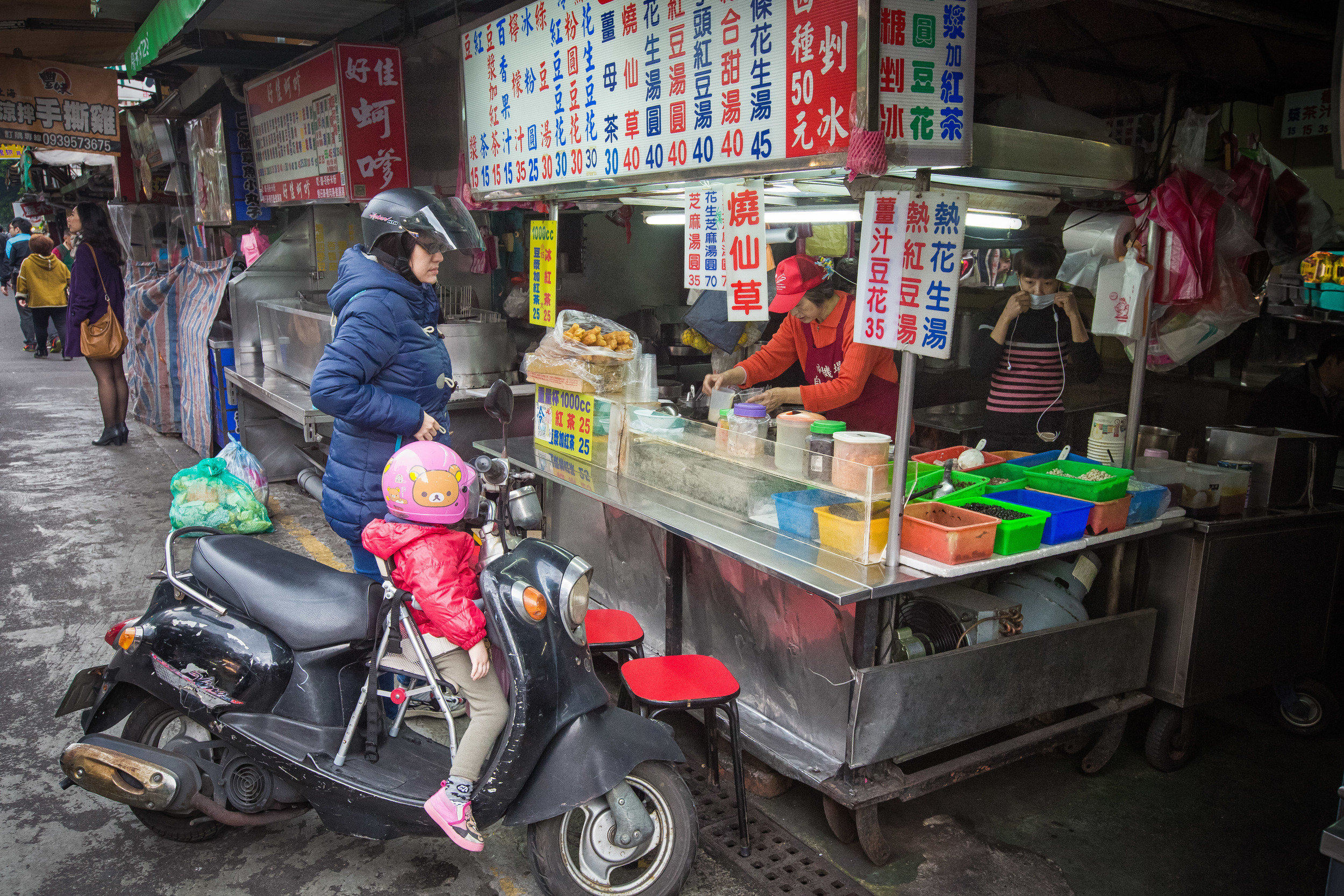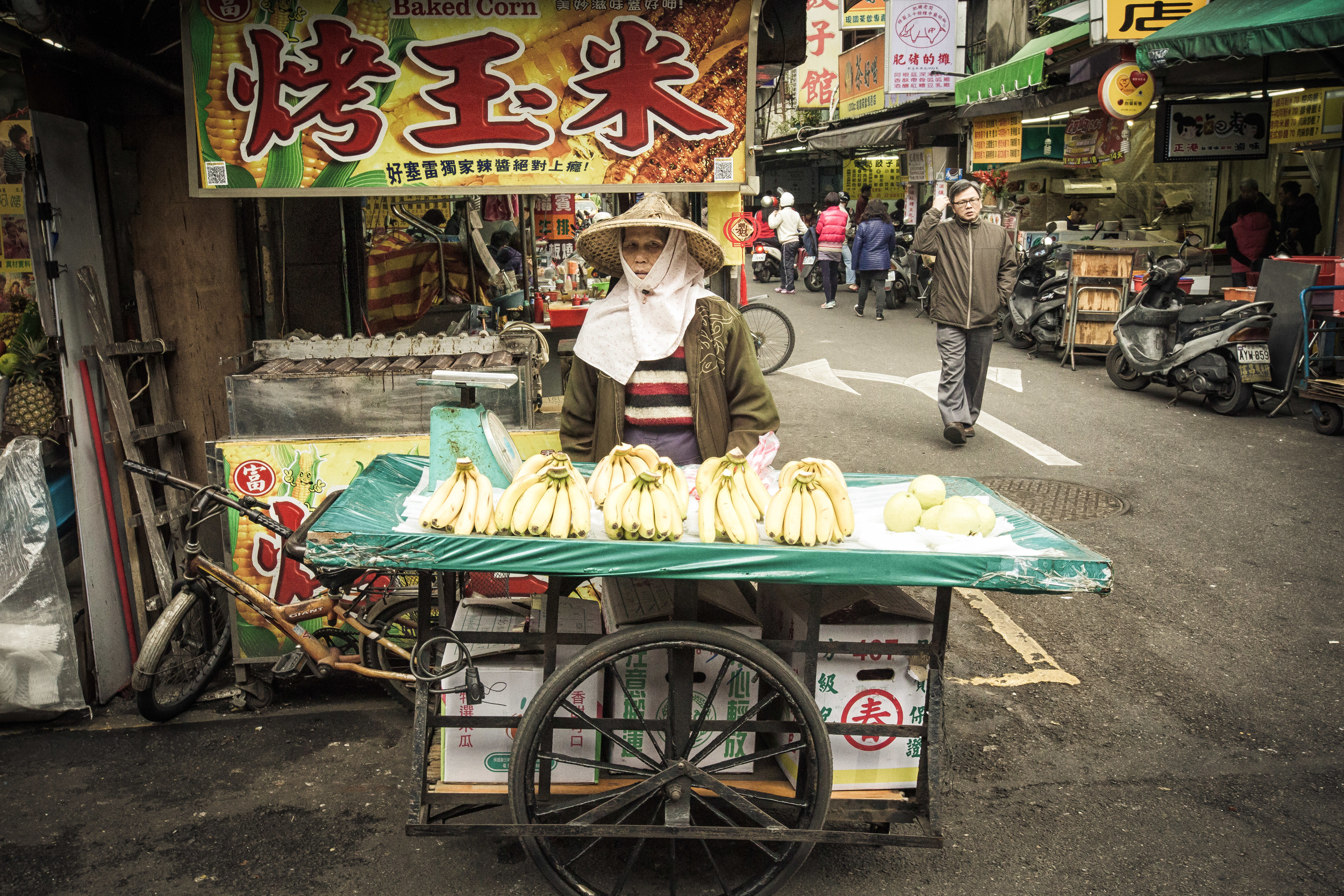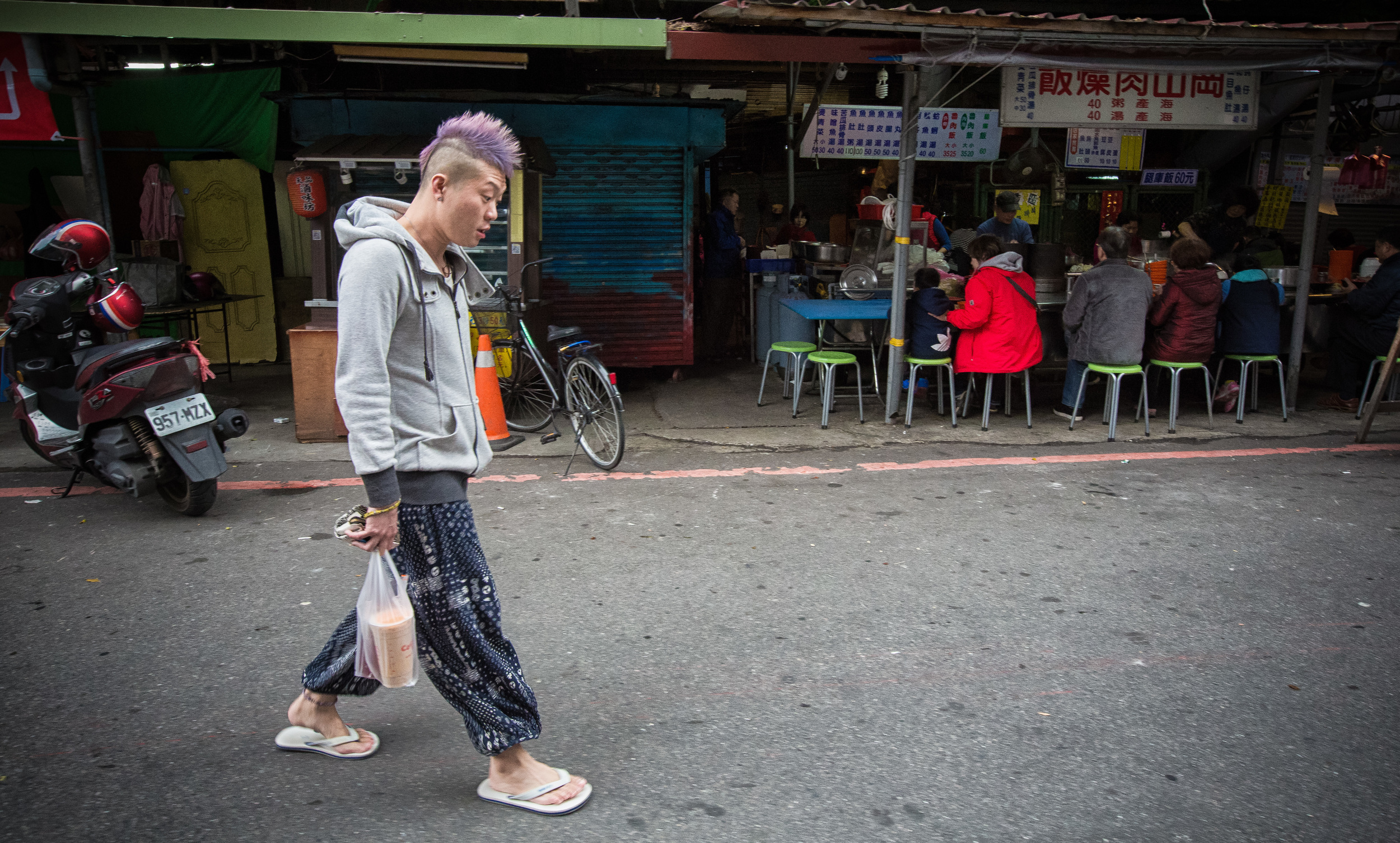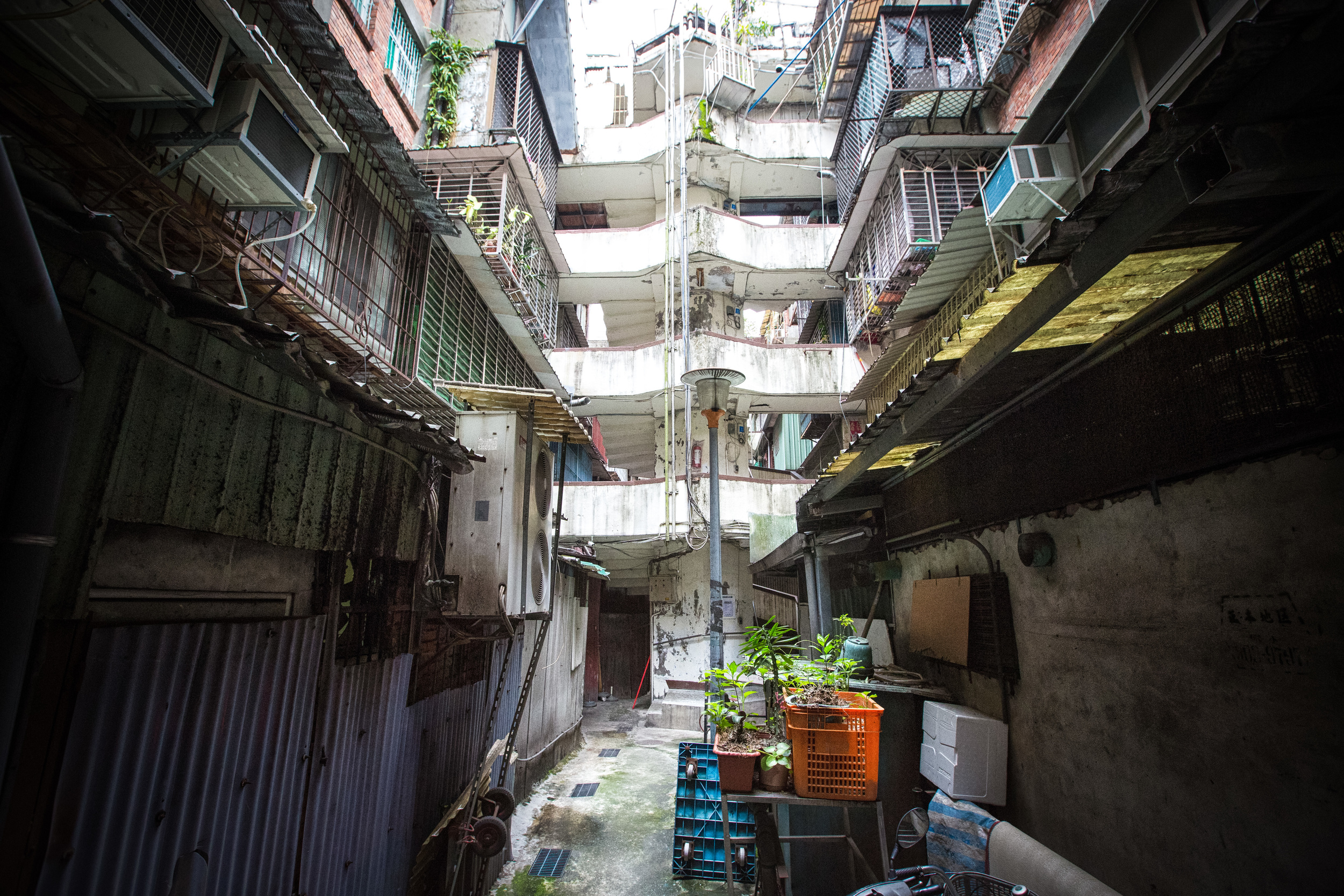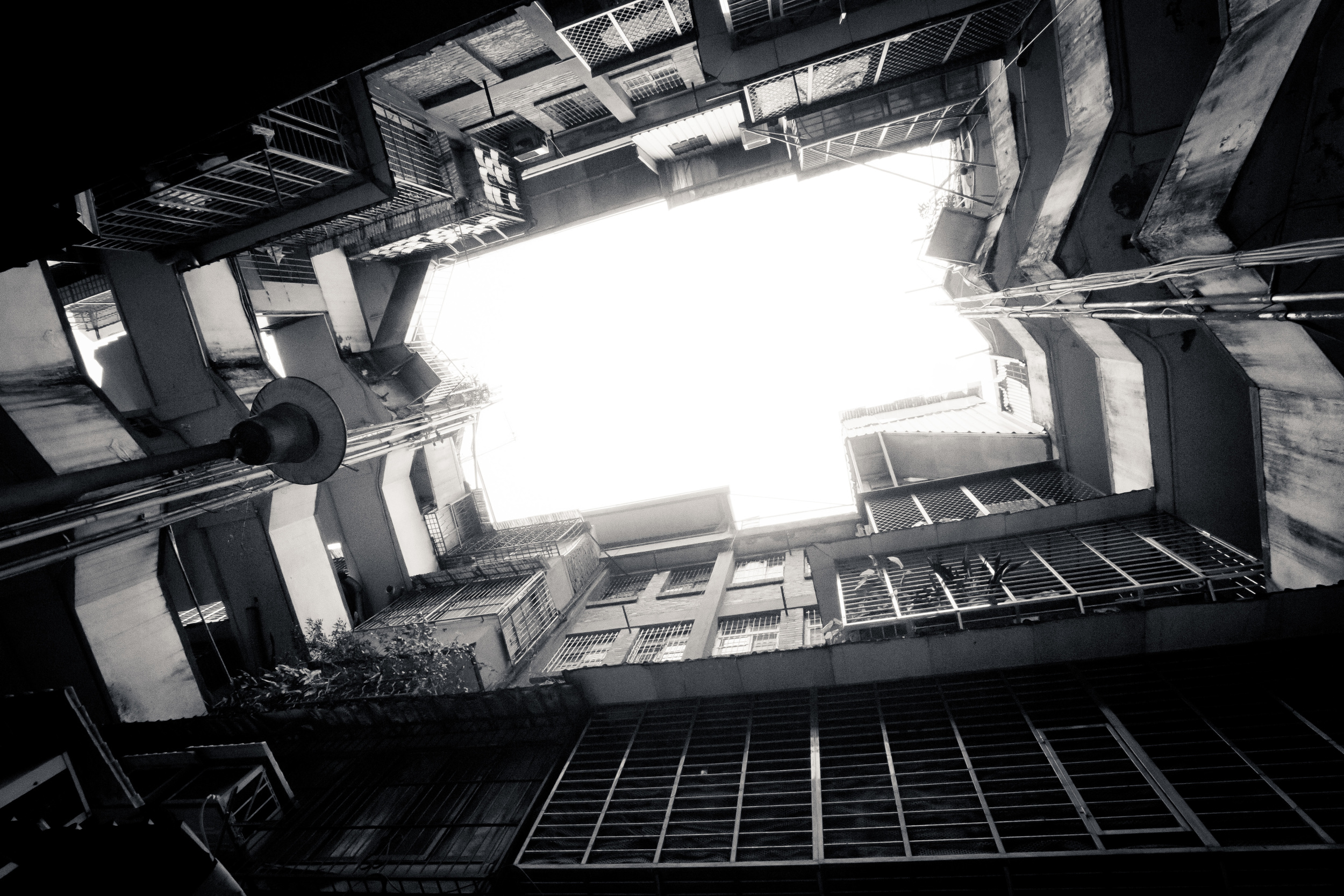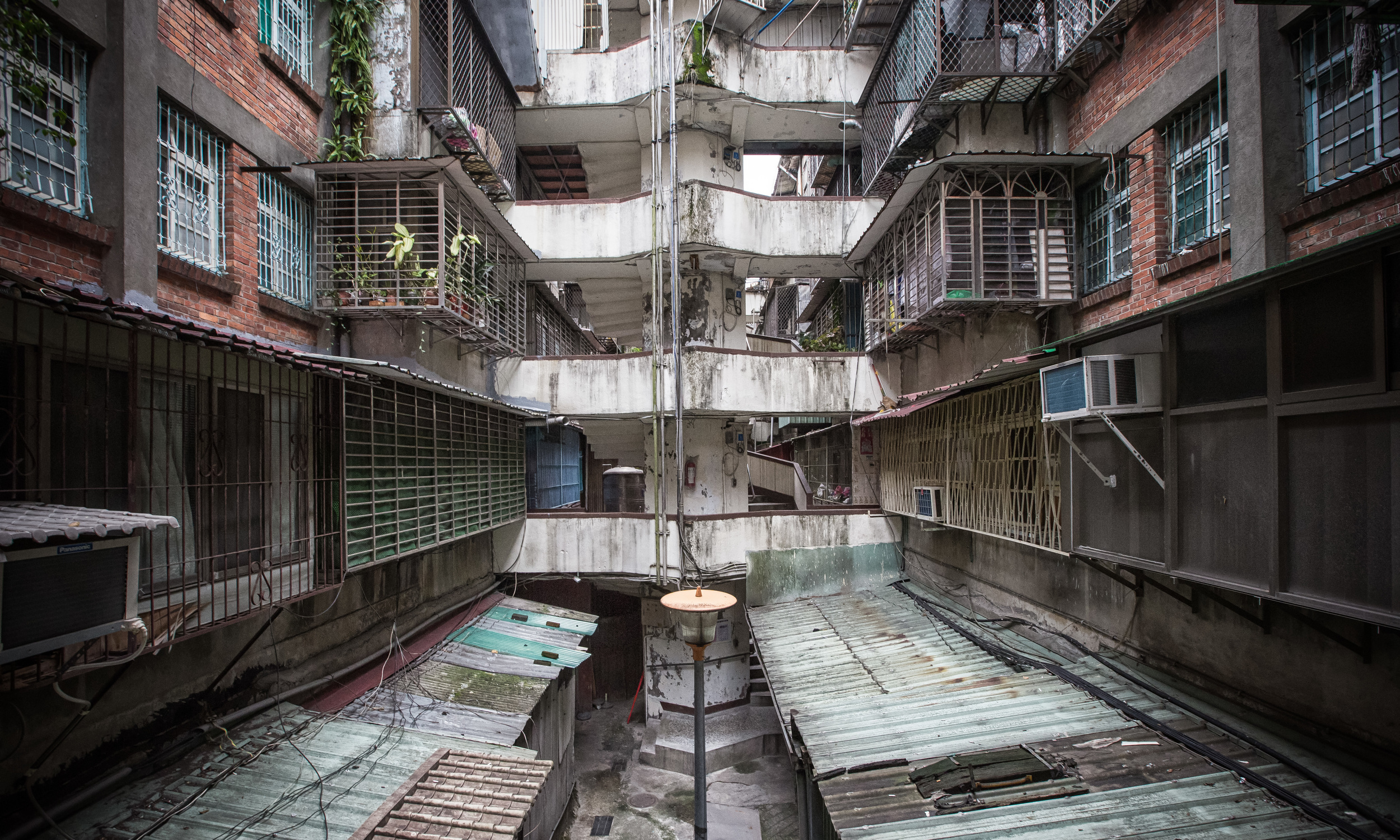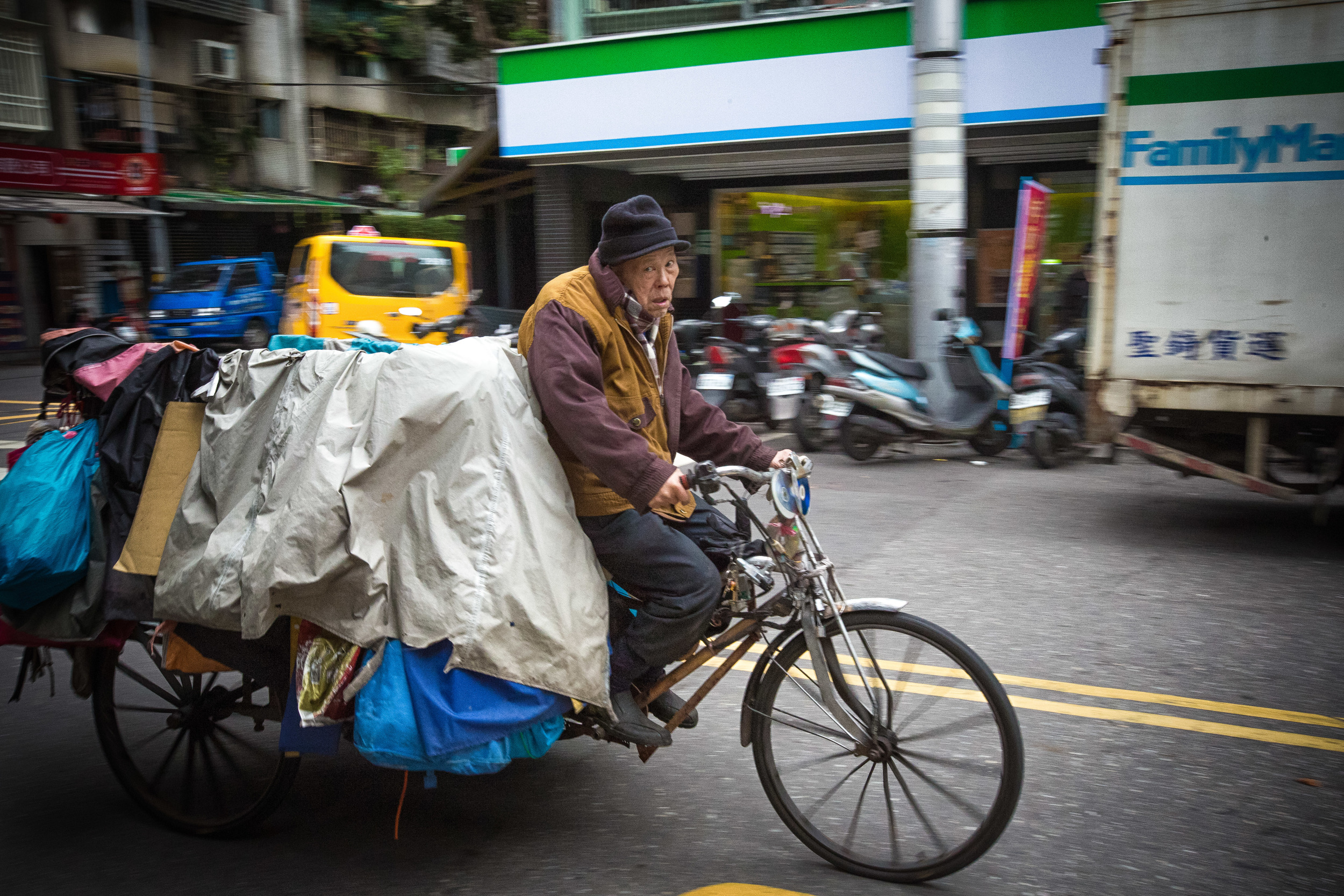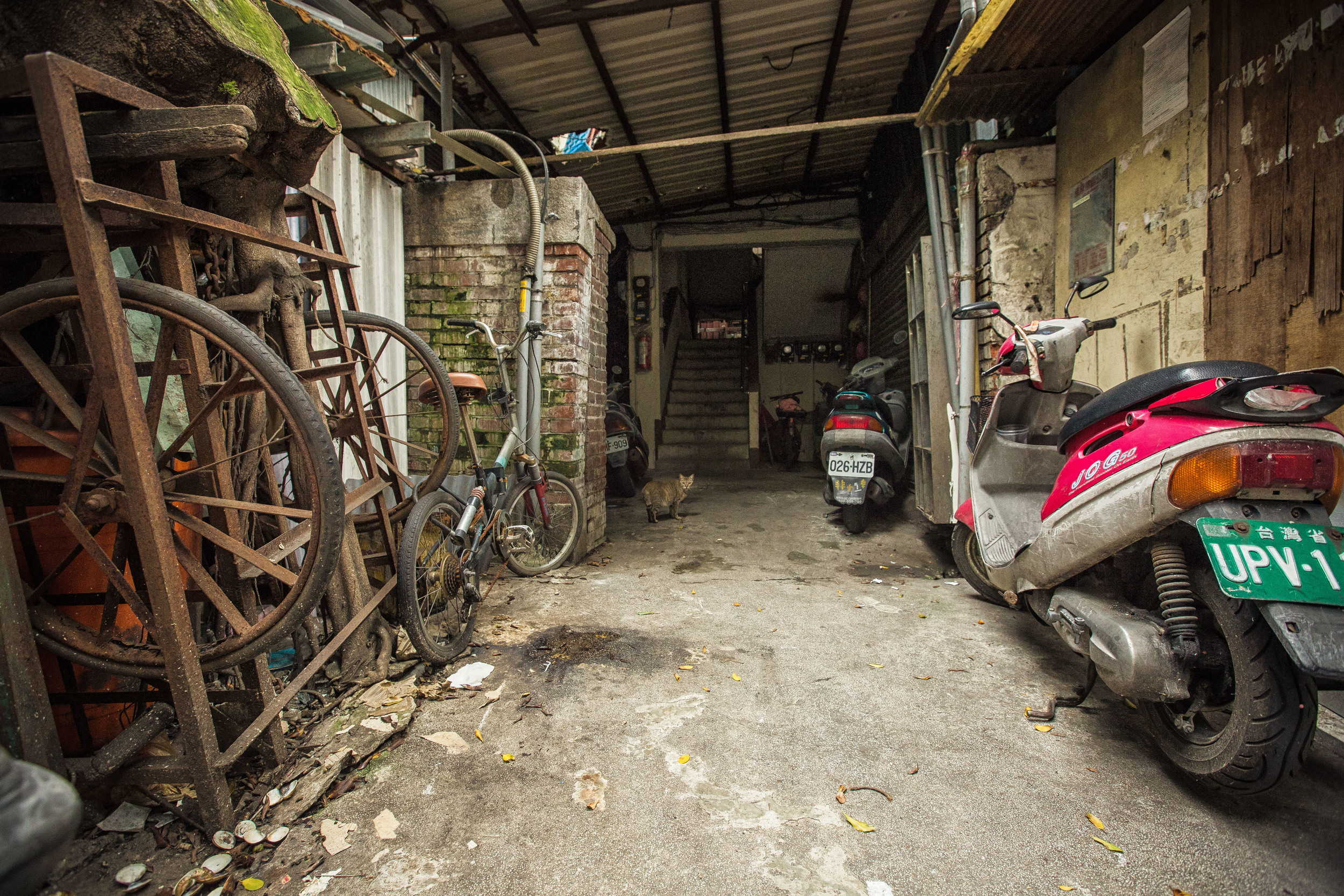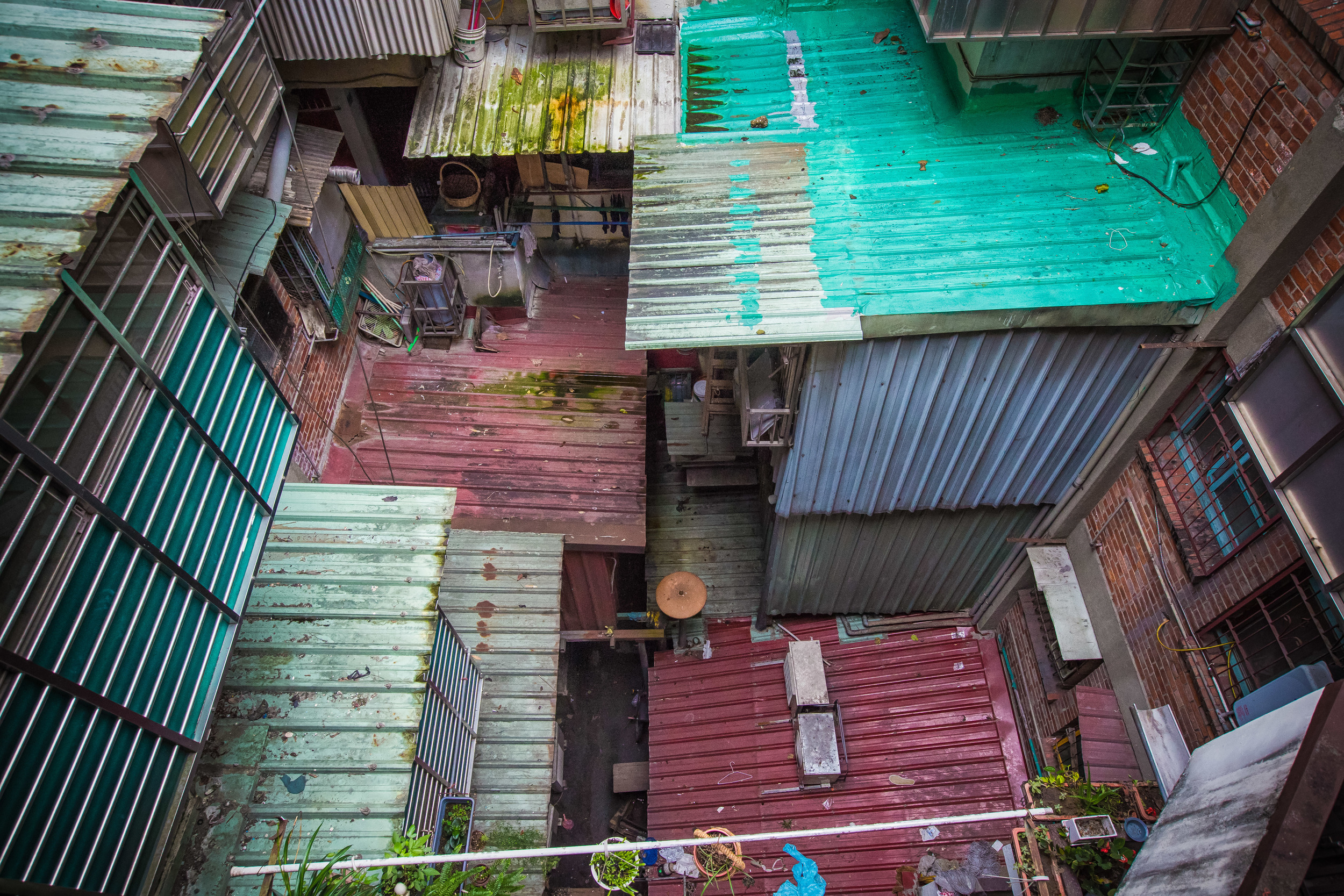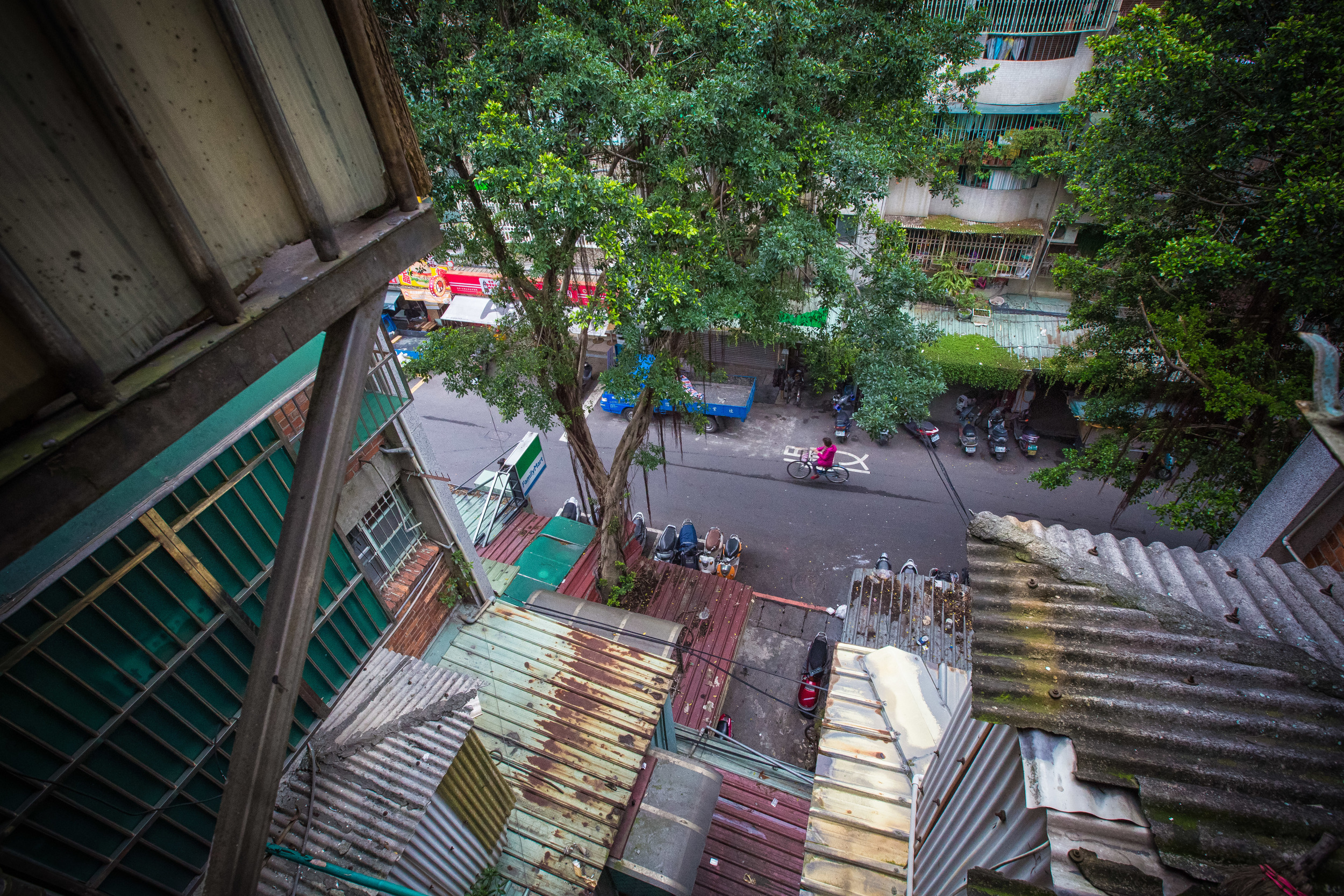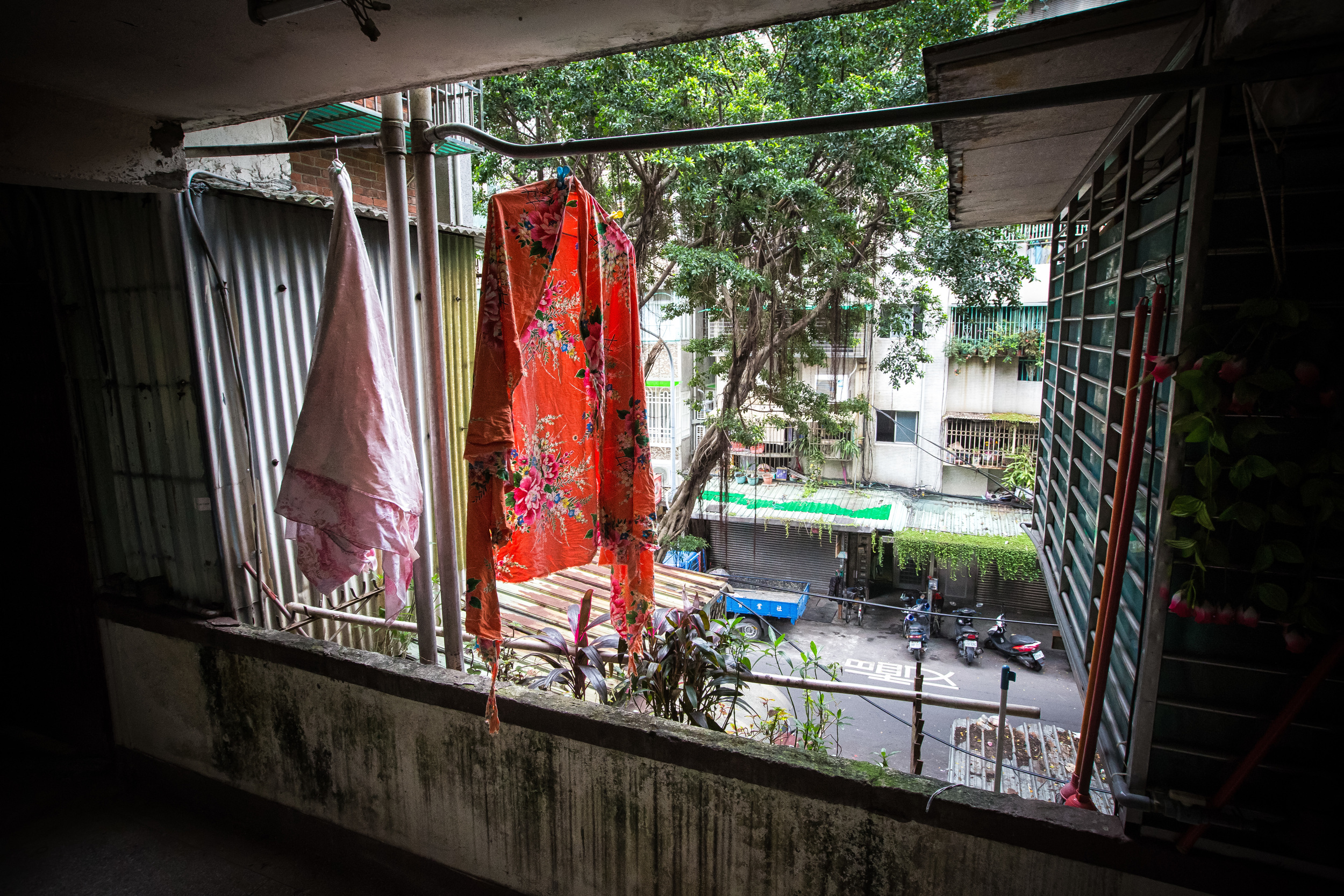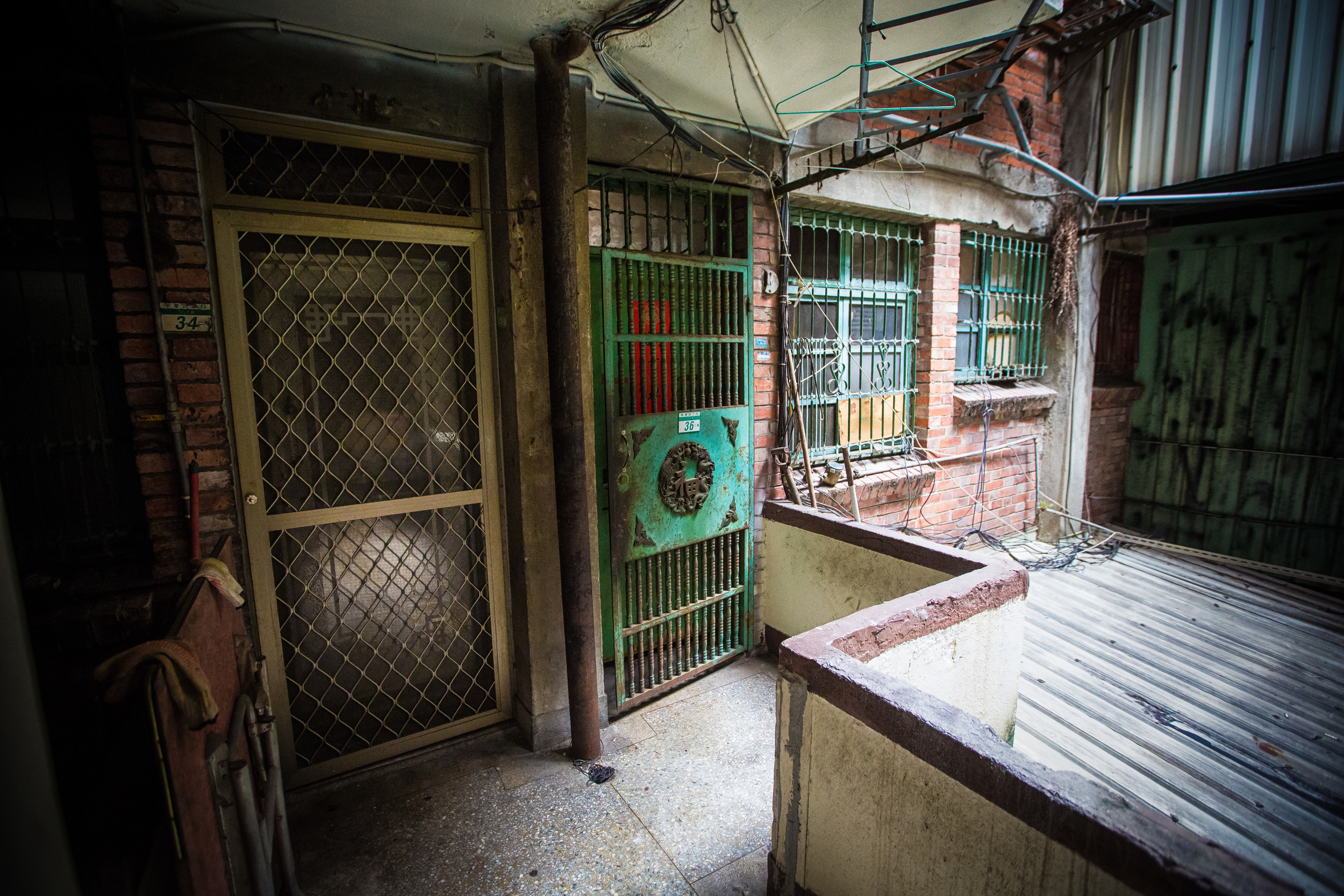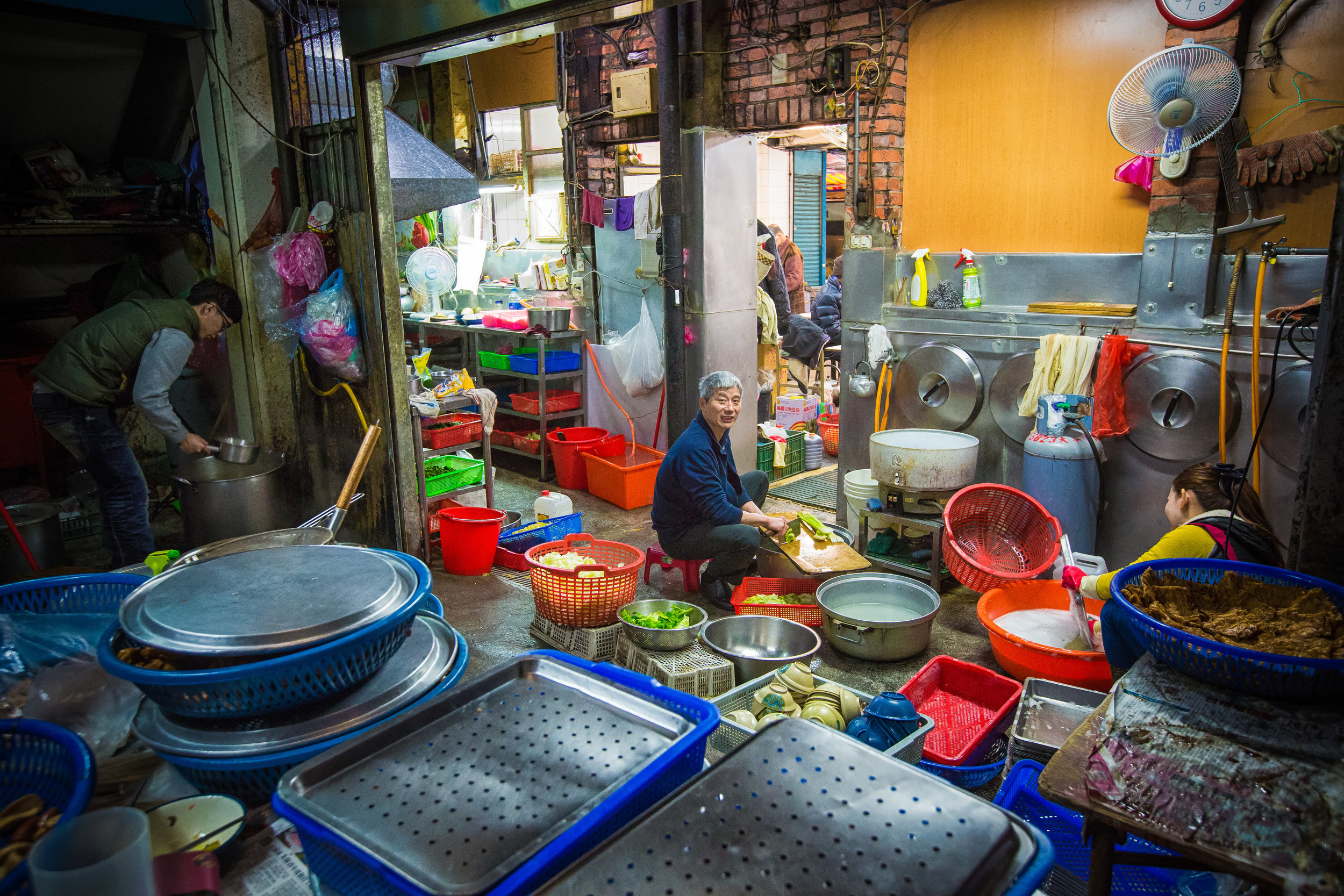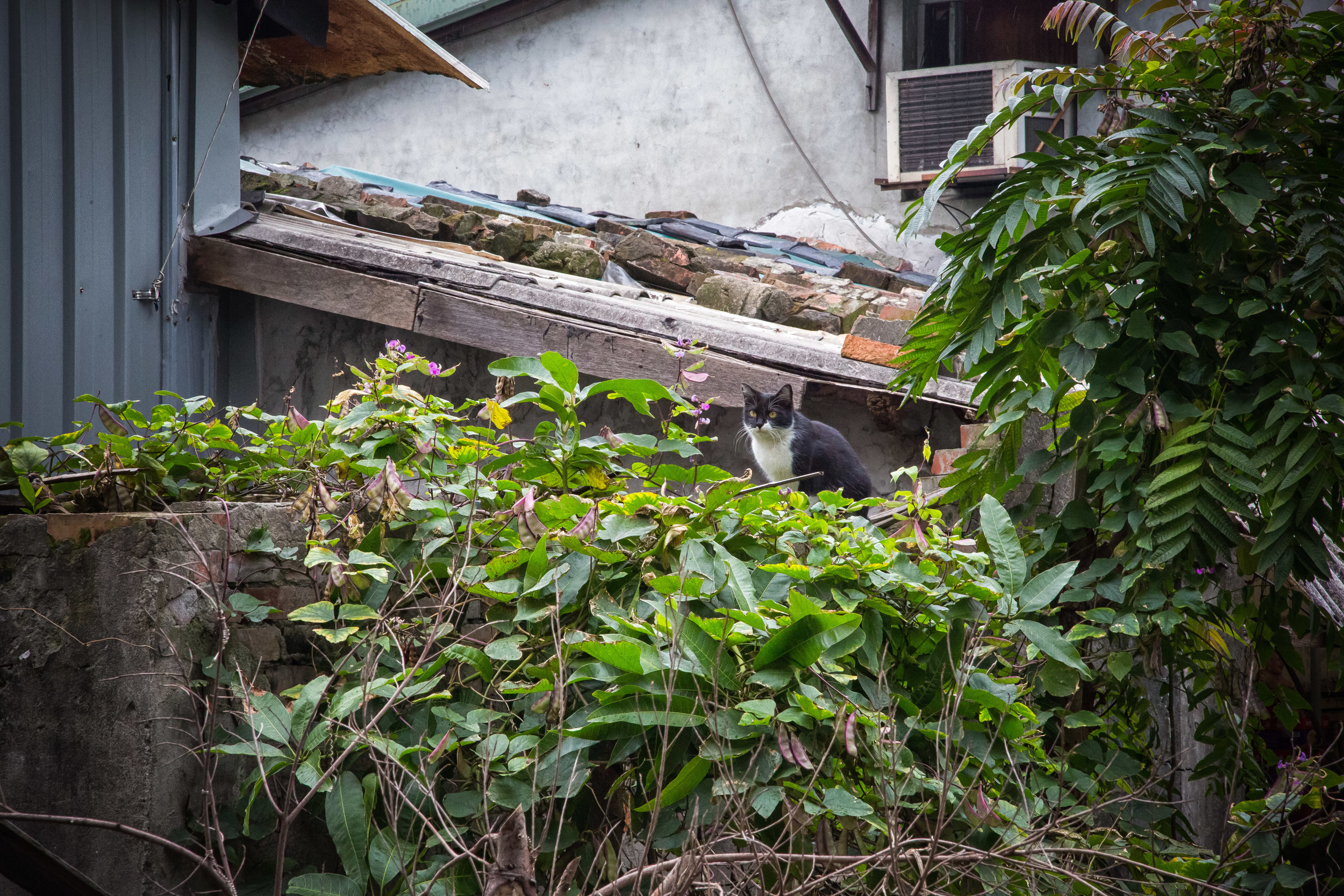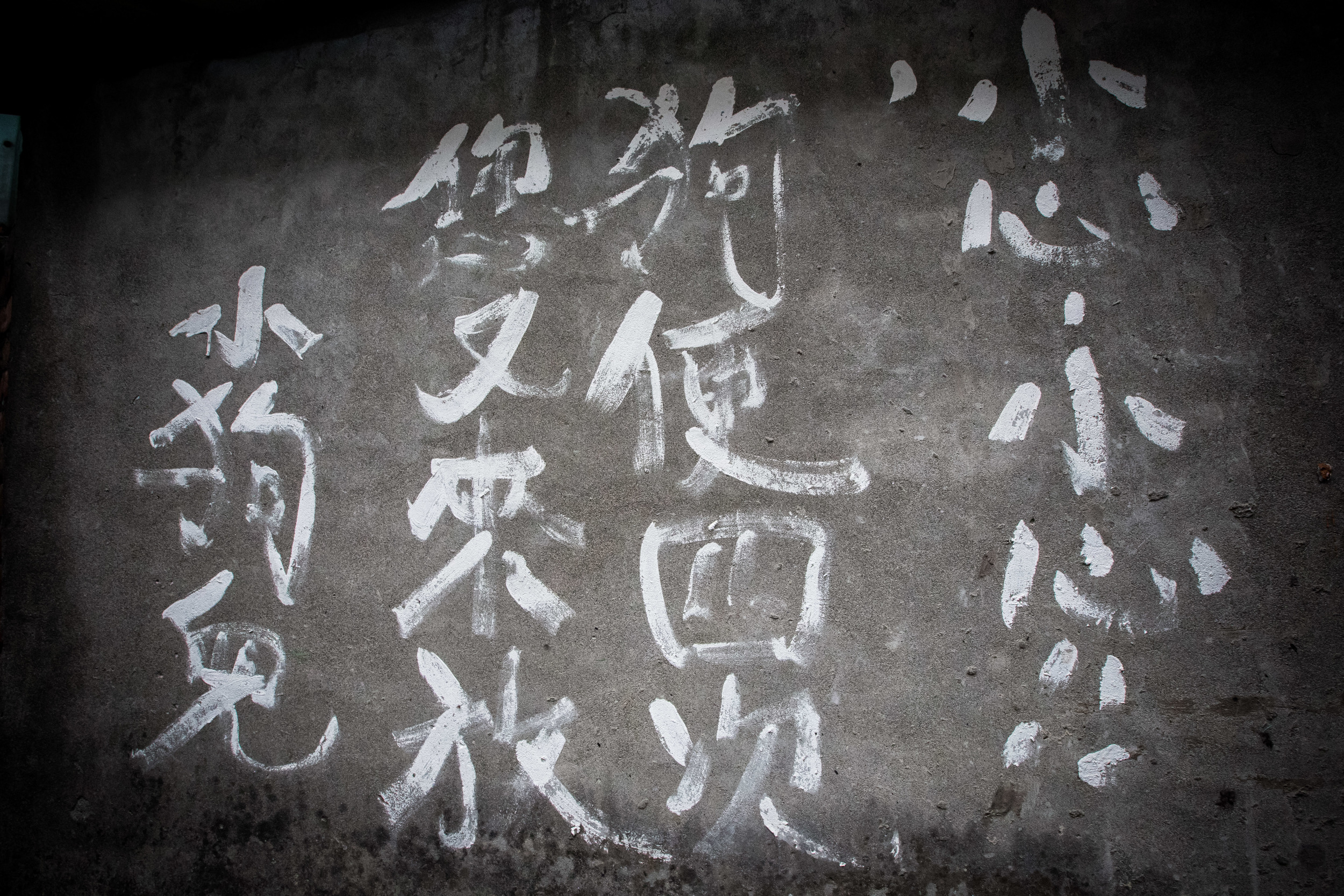A few weeks ago I attended a photowalk held in the Nanjichang community of Taipei coordinated by TC Lin, a prominent Taiwan street photographer, author, musician, filmmaker and one of the few foreign-born residents of Taiwan to become a naturalized citizen. TC is well-known in the photography circles in Taiwan as well as abroad having exhibited his photos all over the world.
As a street photographer, TC has witnessed the modernization of the country over the past few decades and has a portfolio of amazing photos which have documented this beautiful country and its people. Given his relationship with the country and the community where he works, he was the ideal person to lead a large international event like this with the ability and experience necessary to relay important information to all the participants involved.
The photowalk was planned with the cooperation of the Taipei City Chung-Cheng Community College (台北市中正區大學) where TC teaches as well as the local borough warden (方荷生里長) and his office which gave participants an introduction to the history of the community as well as unfettered access to assist in preserving a visual record of a historic Taipei community that may succumb to urban renewal and city beautification despite the protests of its residents.
The Nanjichang Community (南機場社區) which is slated for urban renewal or reconstruction (whichever you prefer) is one of Taipei's first modern 'high-rise' communities completed in 1964 and was built on the site of the Japanese colonial-era's "Southern Taipei Airport" which was reclaimed between 1945-1949 after the Nationalist party took control of Taiwan.
The community which is situated in Taipei's Chung-Cheng district (中正區) was built by the KMT as a national housing project for members of the ROC armed forces and upon completion became Taipei's largest military dependents community (眷村) and at the time was considered a "model" compared to the shoddy military dependents villages that were constructed throughout the rest of the country in the early 1950's.
Nanjichang is most well-known these days for its night market (南機場夜市) which is not particularly a large one by Taipei standards, but one that sells a lot of popular local dishes. The people who originally settled in the Nanjichang apartments were mostly members of the military and low level civil servants who fled from China with the Kuomintang after the Chinese Civil War (國共內戰), so a lot of the food sold at the night market are local delicacies from that country.
The night market is one small strip of road and has quite a few vendors who just set up shop on what was once an extremely wide road. The market is well-known with the residents of the city, but not a huge draw for tourists like some of the city's other night markets which are close to Taipei's MRT system which means that it has been able to remain quite traditional for the most part.
The community was constructed in three different sections with the largest section consisting of ten different five storey apartment blocks and the second and third section being enclosed communities that have windows facing each other with a courtyard (中庭) in the middle. The community was planned to be an exclusive one, much like a lot of other military dependent villages so it would come equipped with schools, medical facilities, markets, restaurants, etc.
I found Section One (第一期) most interesting because of the commotion surrounding the ten buildings. The night market runs through them and there is a lot of activity on the first floors where there are often businesses and restaurants. I was impressed with the design of the buildings as they were all connected by central spiral staircases (飛天旋轉梯) which reminded me of some of the staircases you'd see while walking down the street in Montreal.
When the buildings were constructed they were considered the cutting edge of western architecture - sadly though the spiral staircases never really caught on anywhere else in Taiwan.
I spent the most of my time on the photowalk with a few other photographers exploring the buildings in section one and I was interested to find that the residents had taken it upon themselves over the years to expand the size of their apartment on their own sometimes more than once. These expansions would be highly illegal anywhere else in the city and are also extremely unsafe, but the residents used a bit of their own ingenuity to improve the place they called home. It is really a miracle that Taiwan's frequent earthquakes or typhoons haven't caused these expansions to collapse.
The reason this outward expansion was necessary is because each apartment was originally only about 26-40 square meters each (8-12坪) making them a tight fit if you have a family. I live in a two bedroom apartment by myself that is 28坪 (92 square meters) and I often feel a bit cramped, so I can't even imagine how the residents of these buildings live.
Section Two (第二期) of the apartment complex is also quite interesting as it is a different style of building and the way it was set up makes it look a bit intimidating to outsiders. It is a self-contained courtyard-style building and has restaurants, a general store, a temple and other businesses within it.
If you venture upstairs in the residential area you are going to find dark hallways and really strange odours that I seriously haven't smelled since my time in China. It was actually a bit creepy walking around the residential area and (if you notice in the photos below) the hallways are full of stuff which is a reflection of the residents inability to really expand the size of their apartment outwards like the residents in second one could.
Section Three (第三期) of the complex is a little bit like section two in terms of its construction but the major difference is that the residents of this section have somehow marketed their courtyard-style building to wedding photographers and filmmakers who pay for usage.
Considering that the residents of this section are accustomed to photographers paying for the privilege to shoot inside the complex, they were quite opposed to allowing us into the complex if they weren't getting a cut.
Despite having passes to give us access to the buildings, it was recommended that we not bother with section three to save some headaches. Curiosity however got the best of a few of us and we meandered into the building to see what was so special about it but tried to stay respectful of the residents by not exploring too much or shooting very many photos.
If you add up all three sections of the Nanjichang community there are 1264 households and currently over 2000 residents. Where the community was once considered a model of modernity, it is now considered a blight on the city for its slum-like conditions and is mostly occupied by low-income families posing an issue for the city government which has made several unpopular attempts to come up with a solution to relocate the residents of the community and construct new housing for them.
This urban renewal issue has caused headaches for former mayor Hau Lung-Bin (郝龍斌) and current mayor Ko Wen-Jie (柯文哲) who have made plans to reconstruct public housing for the residents of the community within the next decade - however nothing concrete has been decided and residents have been reluctant to relocate or accept the city government's conditions.
The borough warden who himself has been a resident of Nanjichang for the last fifty years and serving as warden for almost twenty has led the charge against the city governments proposals and has worked hard to improve the lives of the people living within his community. The job of a borough warden (里長) is usually quite cushy and doesn't really require a lot of work - Mr. Fang (方荷生) on the other hand is completely different and I don't doubt that he has many sleepless nights worrying about the future of the residents of his little community. He was busy on the day of the photowalk running back and forth between meetings, but from what we learned, he has been extremely important in taking care of the residents of the community, especially the elderly and their medical needs as well as residents who are prone to getting themselves in trouble by teaching them trades and how to live responsibly.
The future of the Nanjichang Community is up in the air and while the residents and civic groups might not like the city governments plans, time is running out on one of Taipei's oldest residential communities and they may not be able to resist modernization too much longer.
Residential conflicts are not a new thing in Taiwan and tensions between the people and the government often flare up. I just hope that the eventual resolution to this problem is best for all parties involved. As a photographer, I hope that the images I captured on the day of the photowalk help to add to the library of photos online that will preserve the memory of this distinct Taiwanese community.
Taipei Nooks - History of Nanjichang (Chinese)
TC Lin (林道明) - The Nanjichang Photography Event
Taipei Times - Capturing the faces of urban decay
This post ultimately required quite a bit of translation and research - If you have any corrections, criticisms or general comments, feel free to post down below or send me an email through the contact section on the menu below. Thanks!
Gallery / Flickr (High Res Shots)
